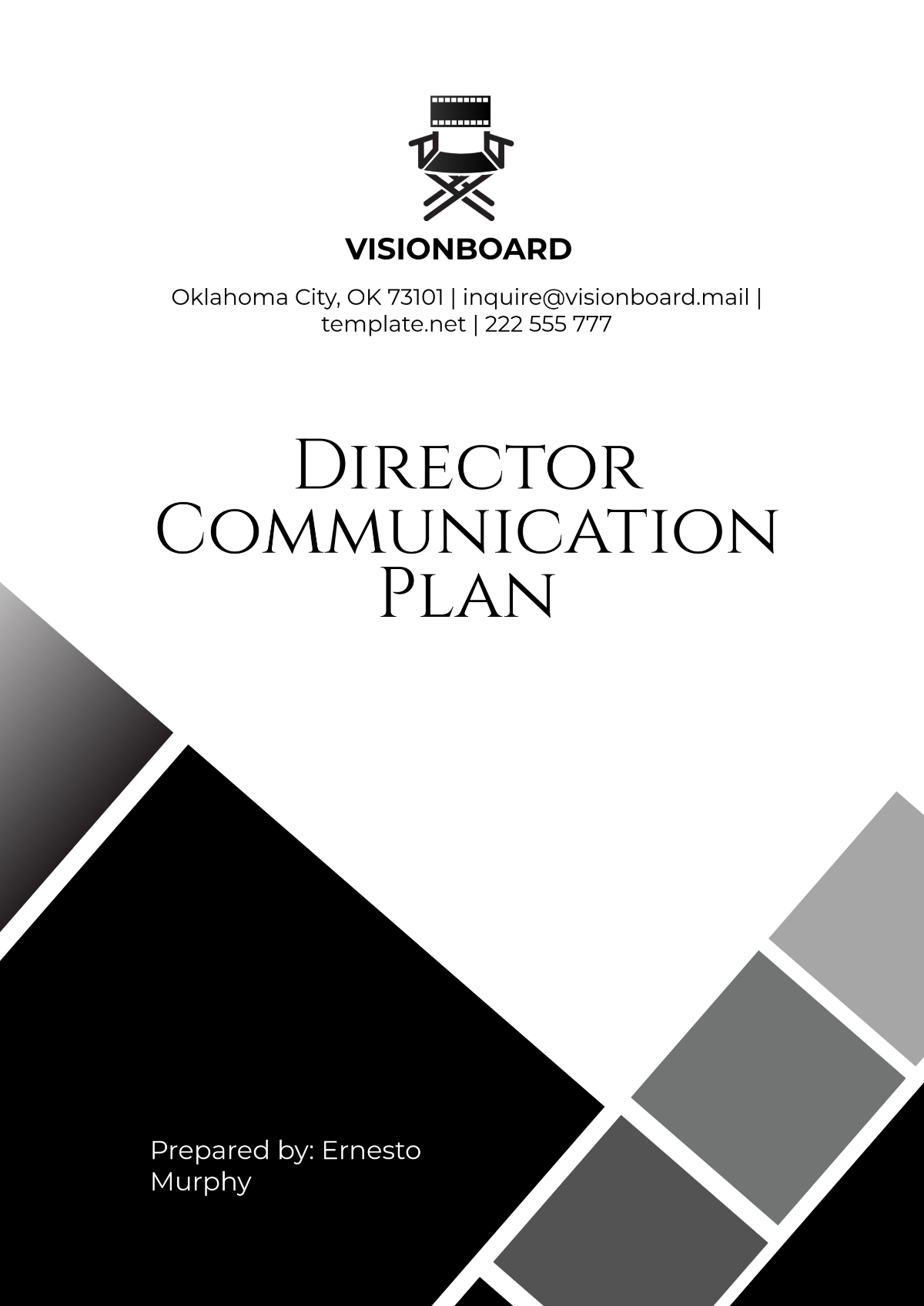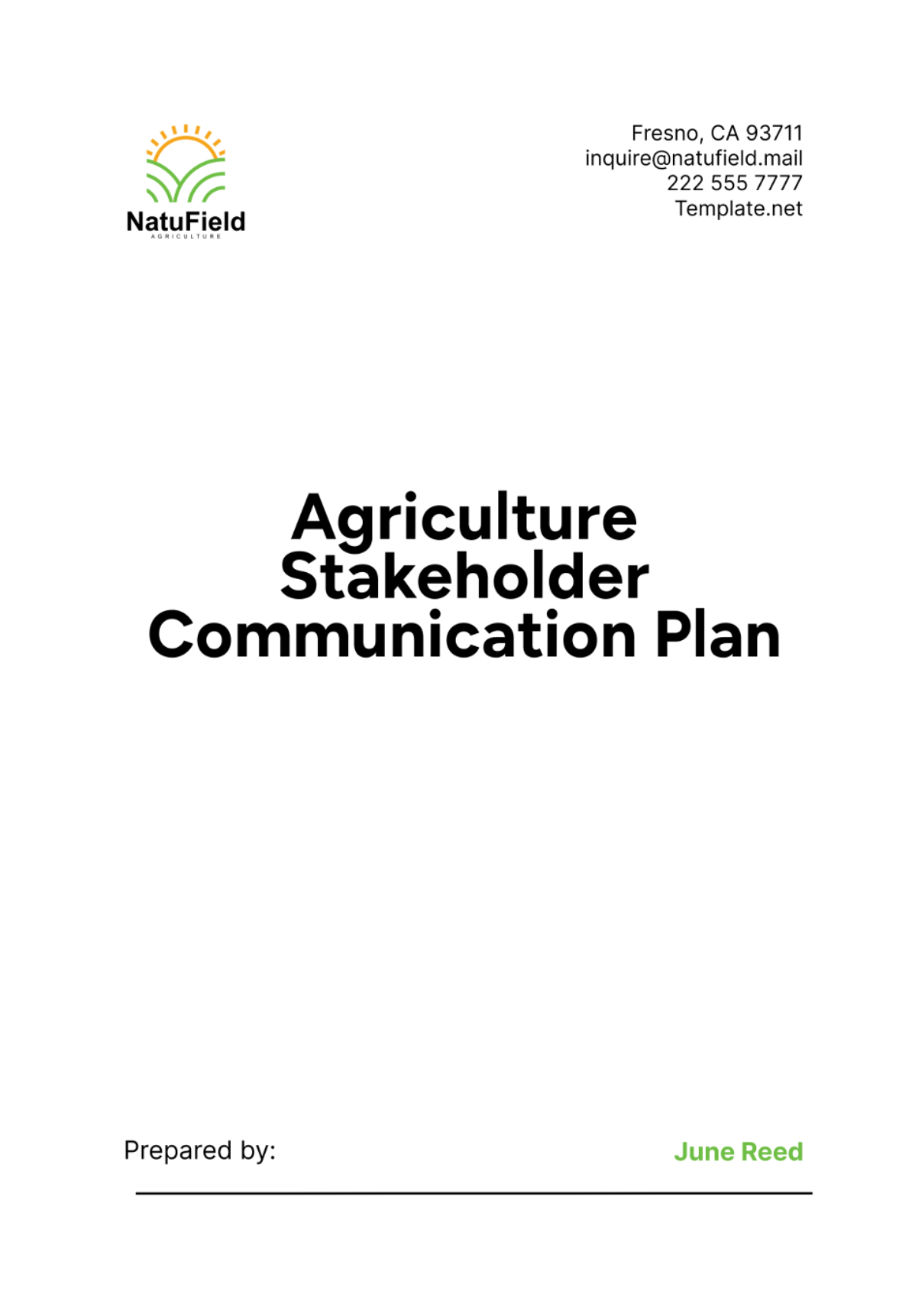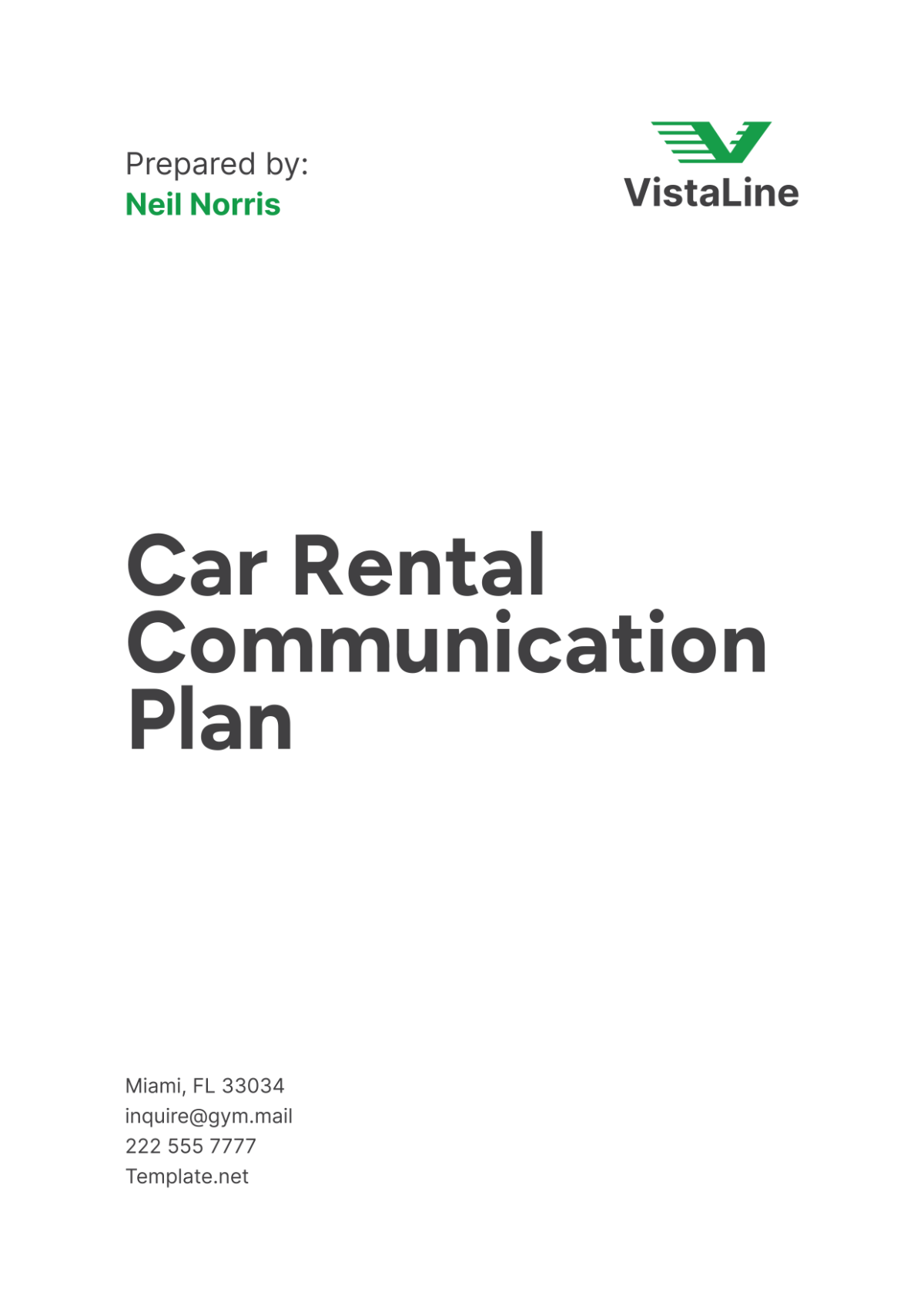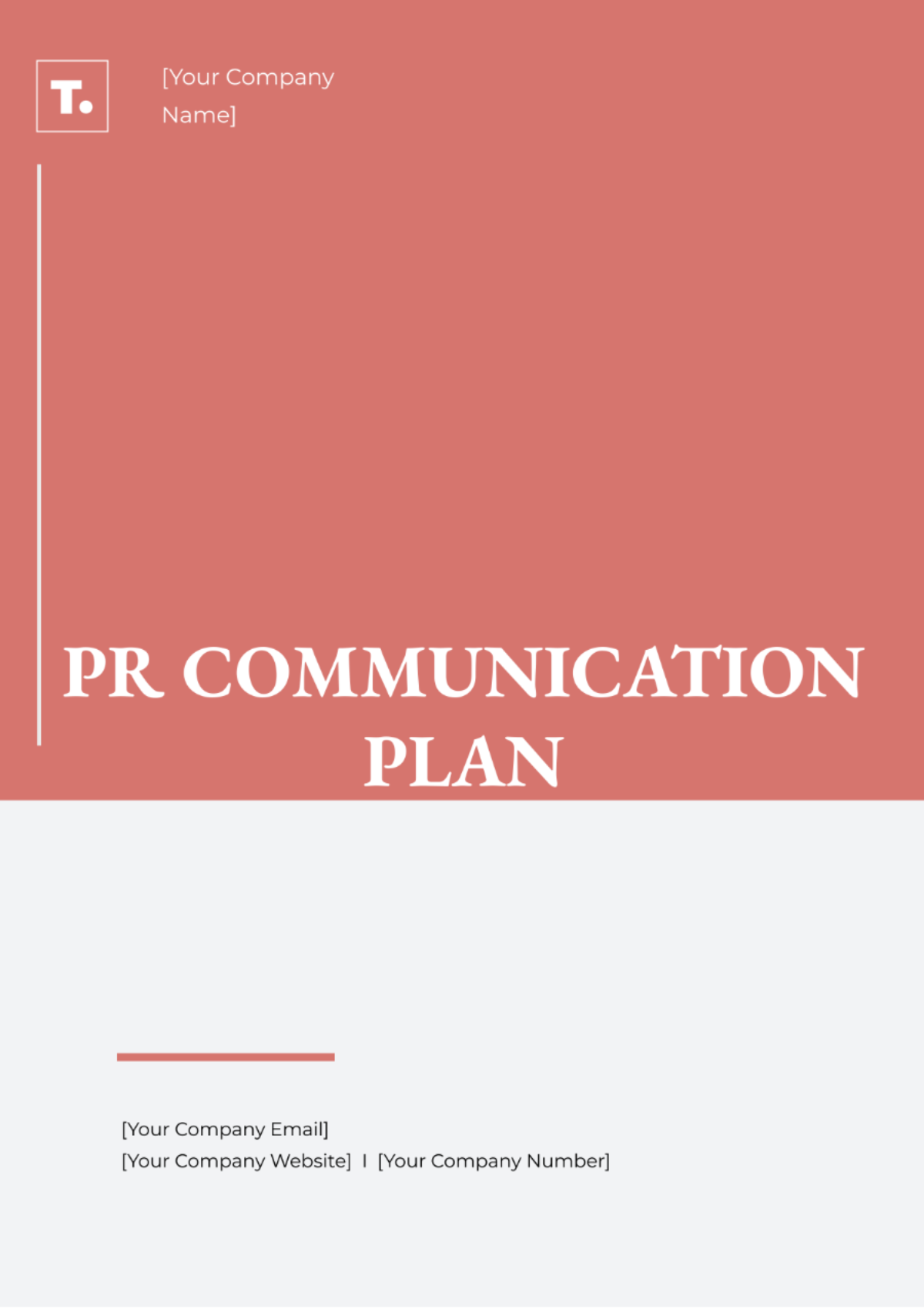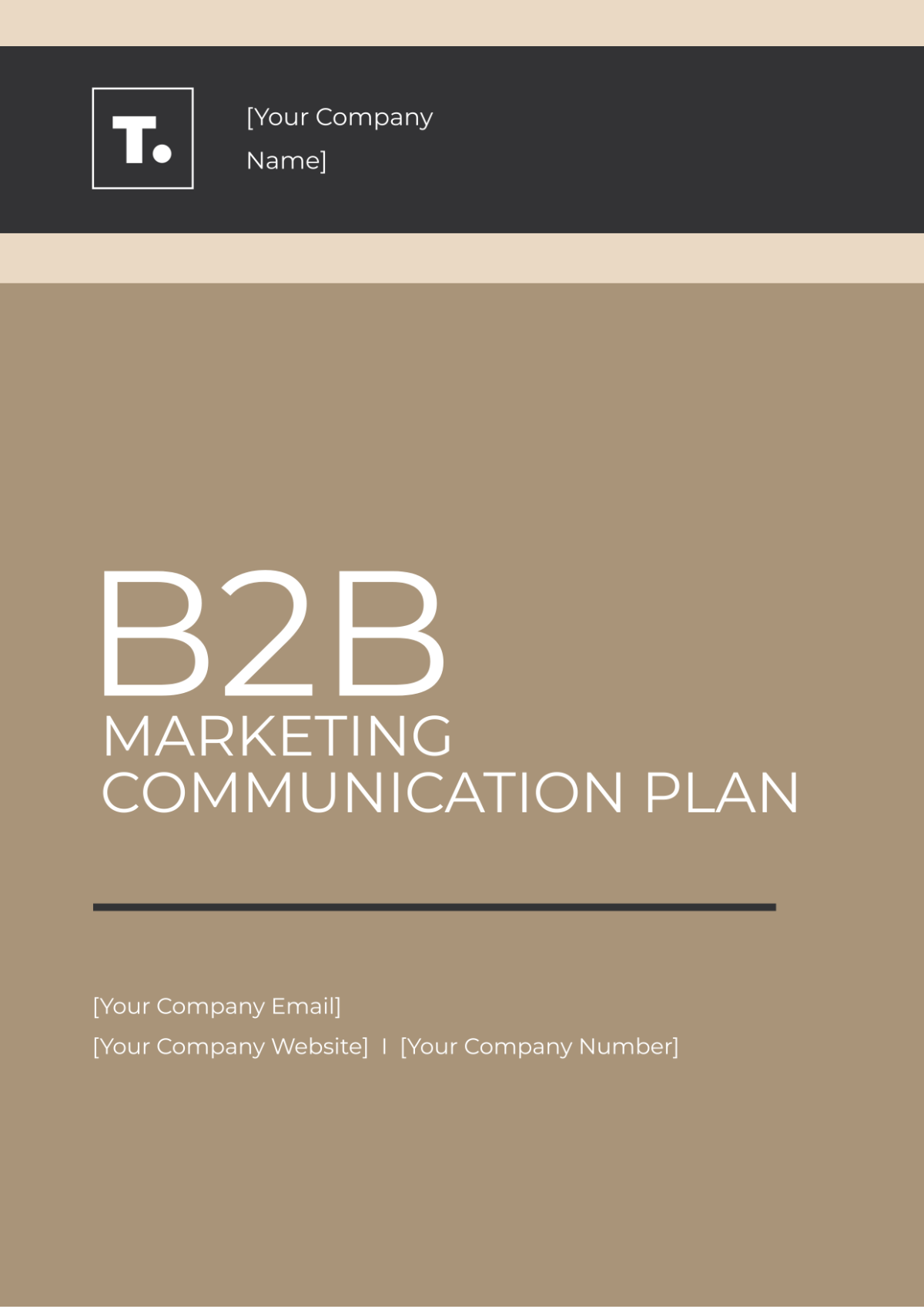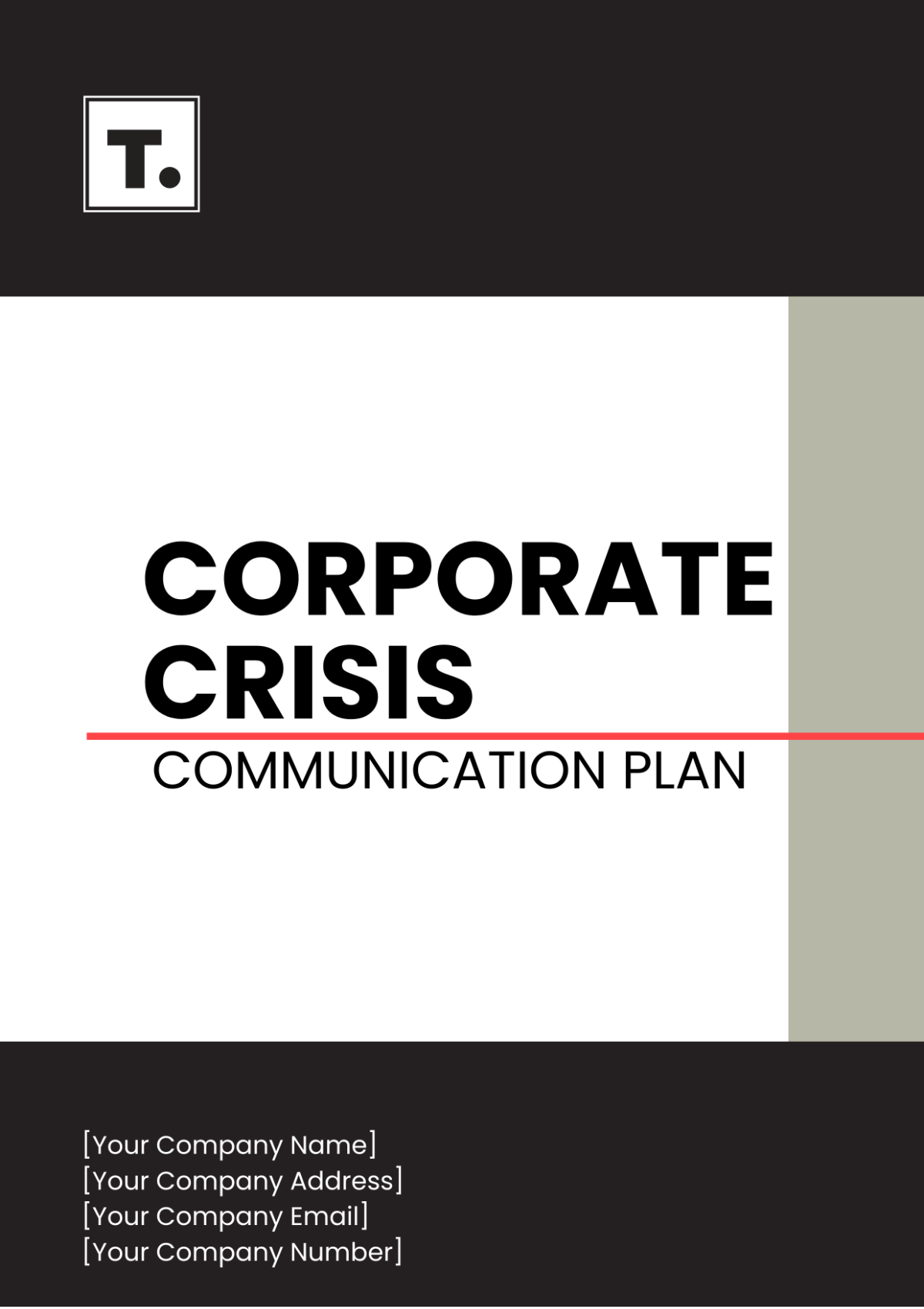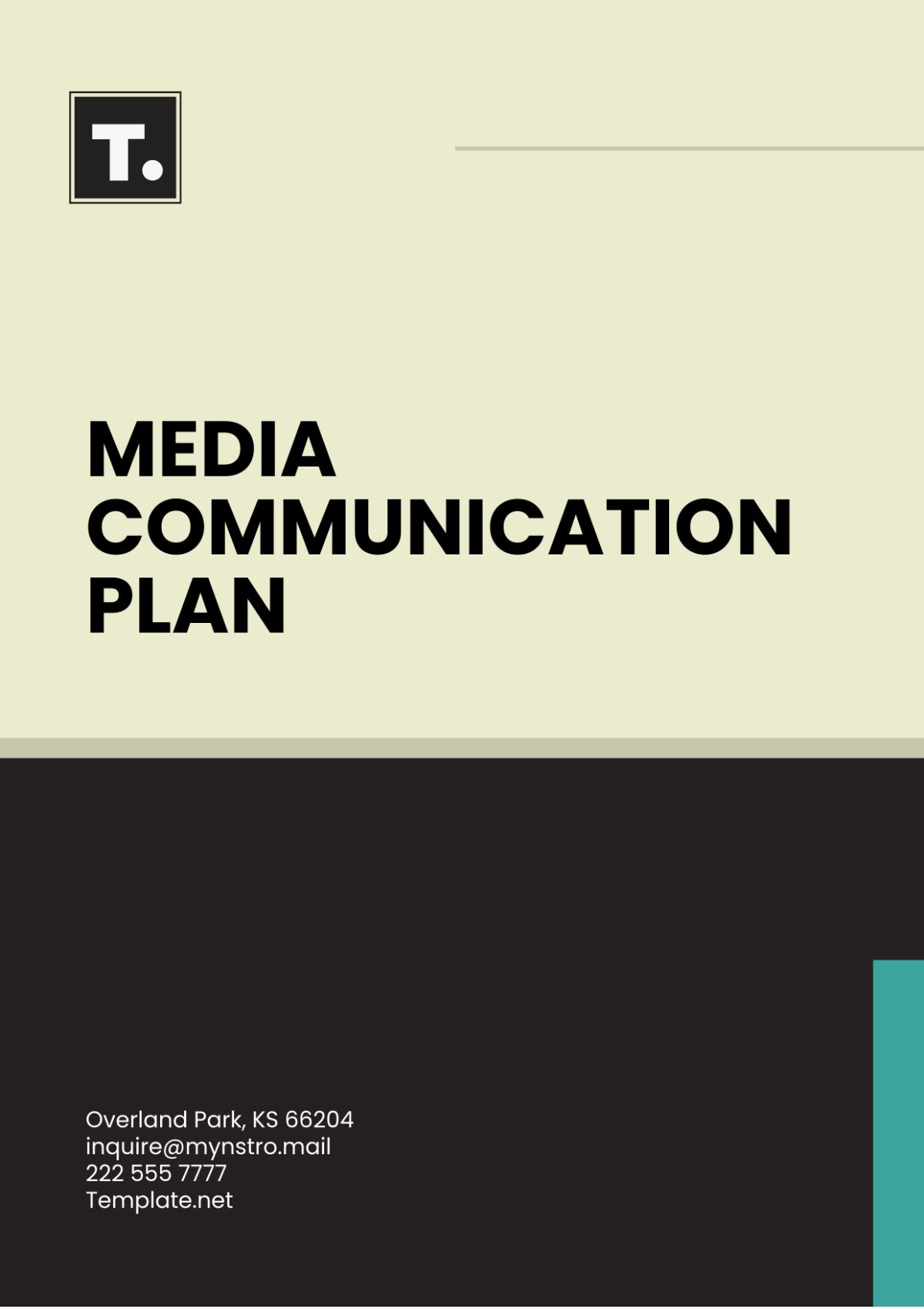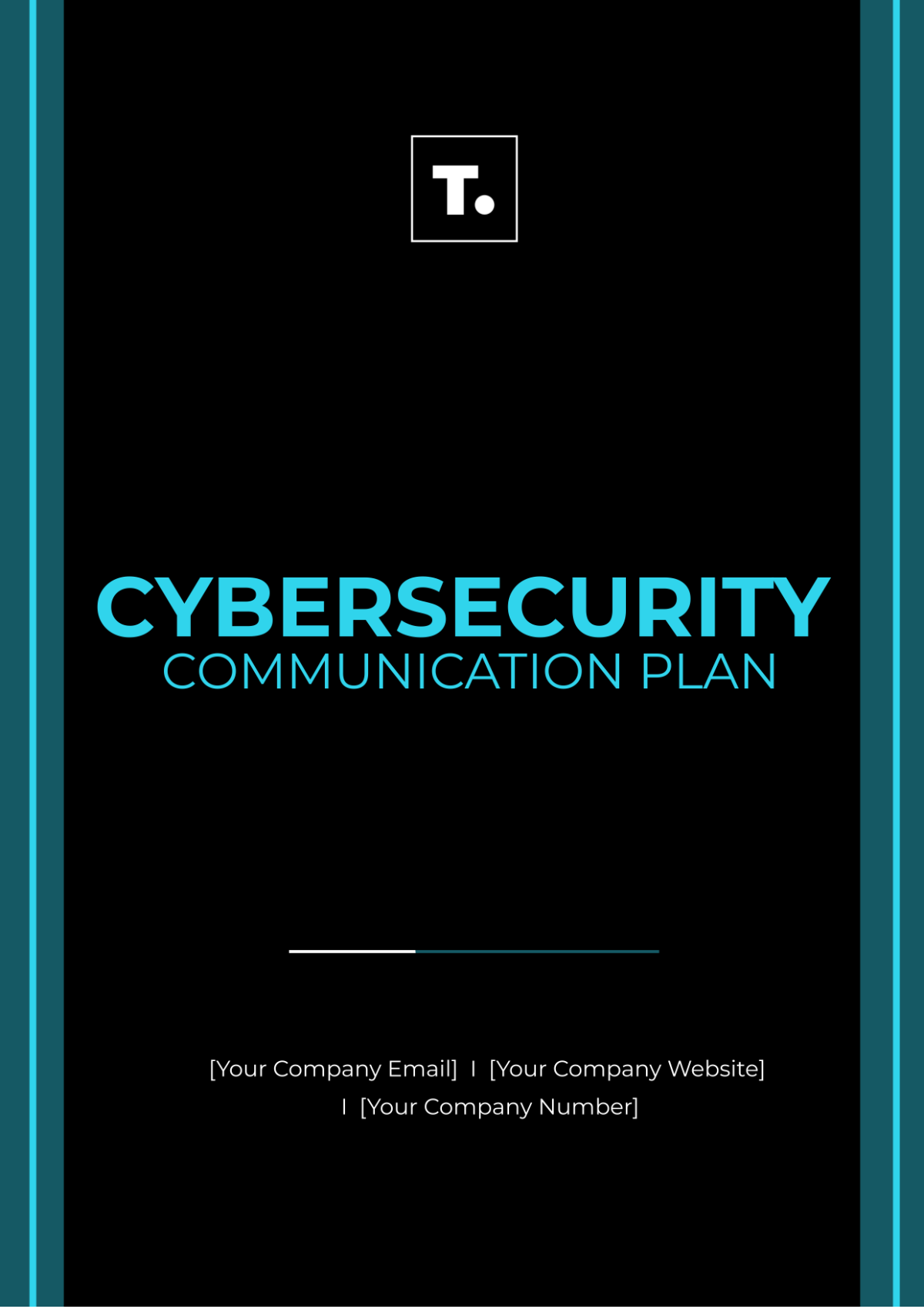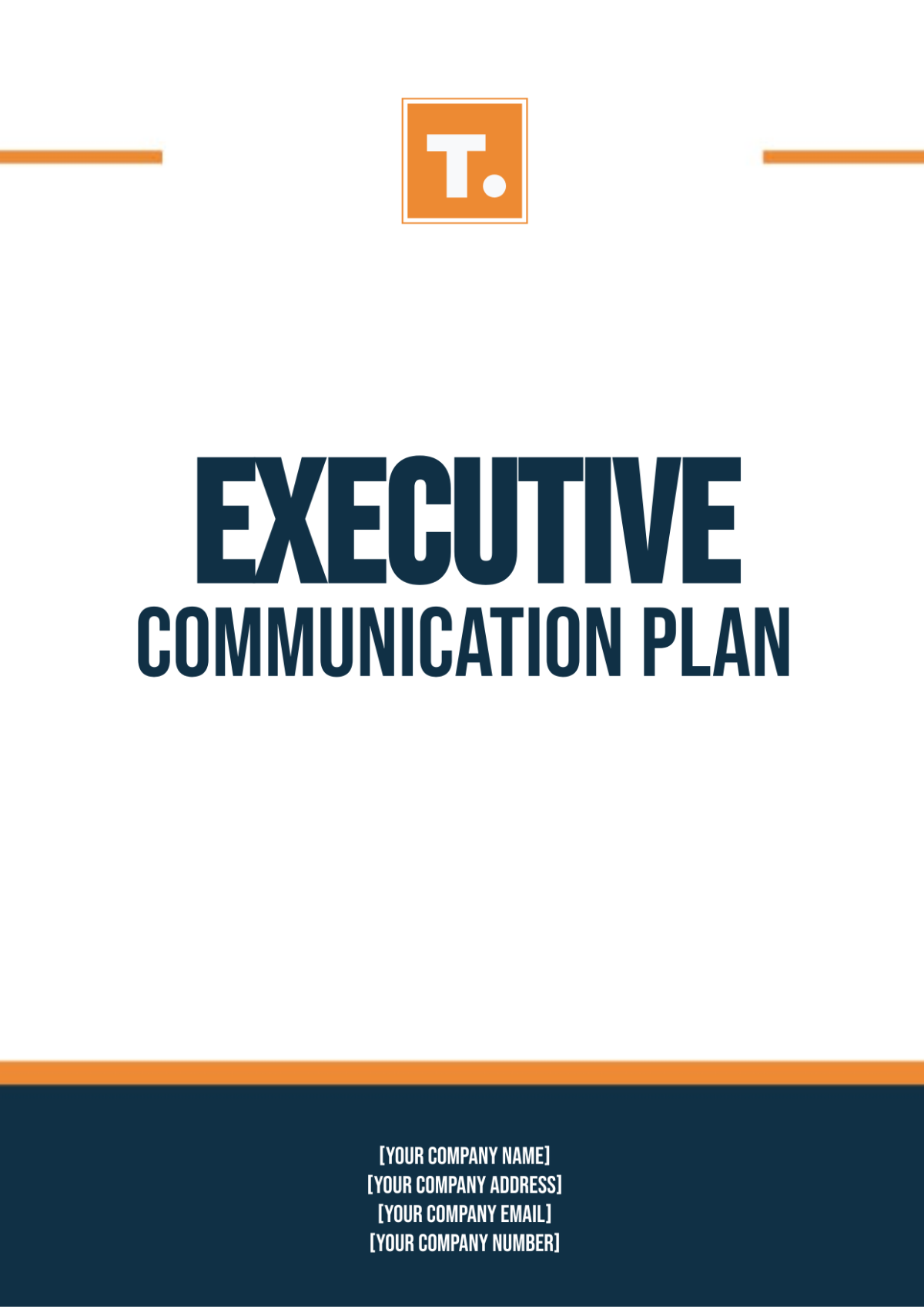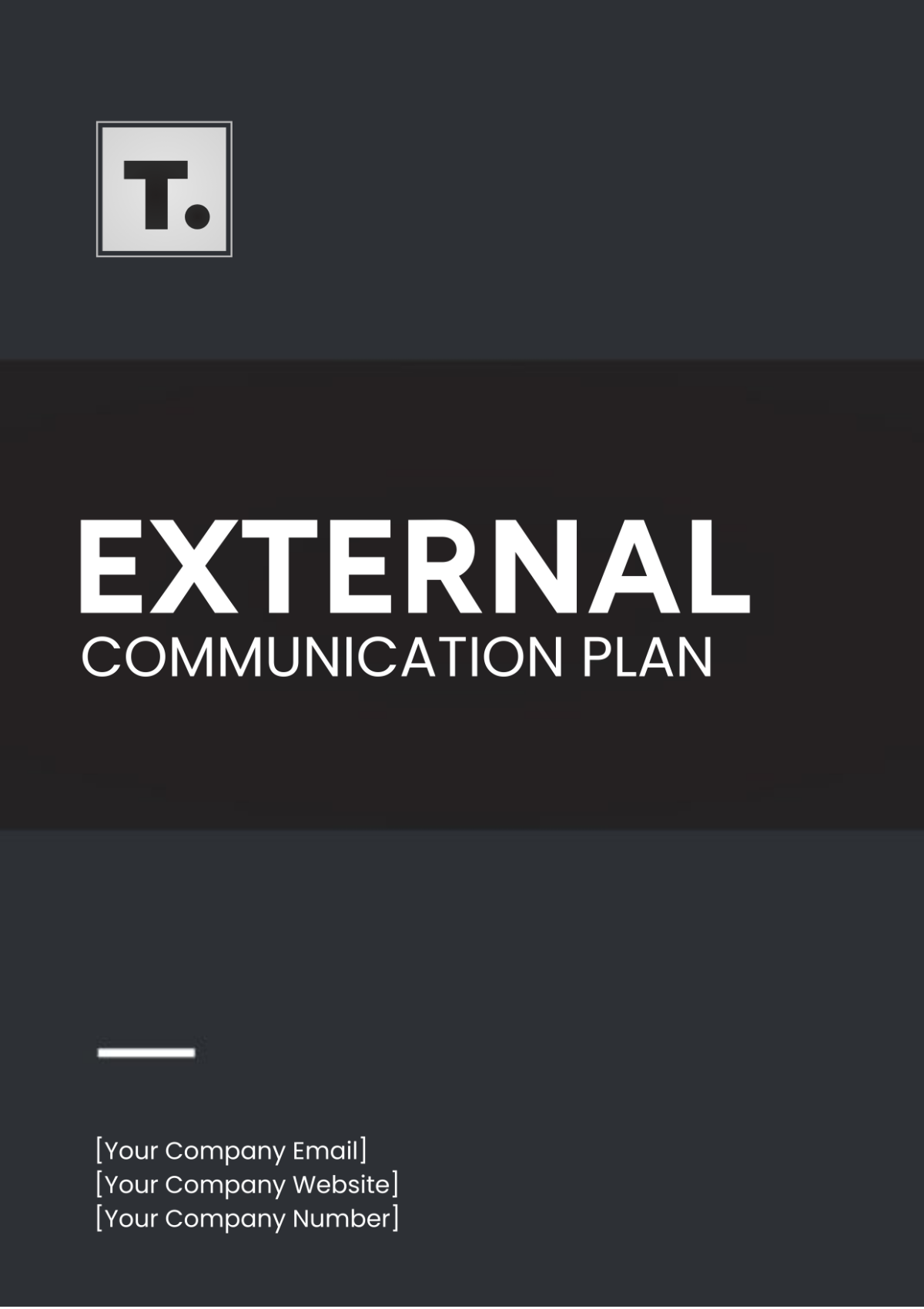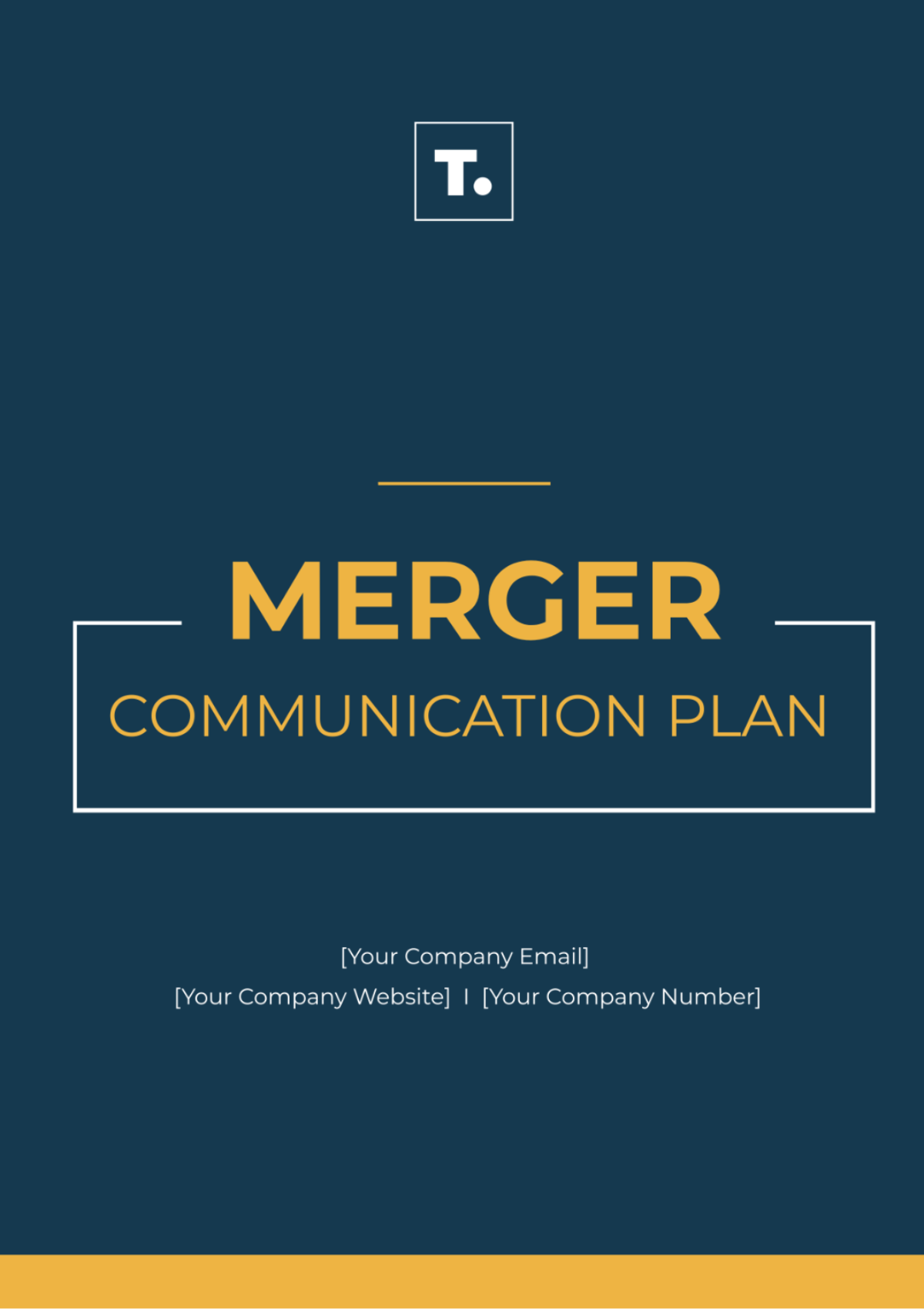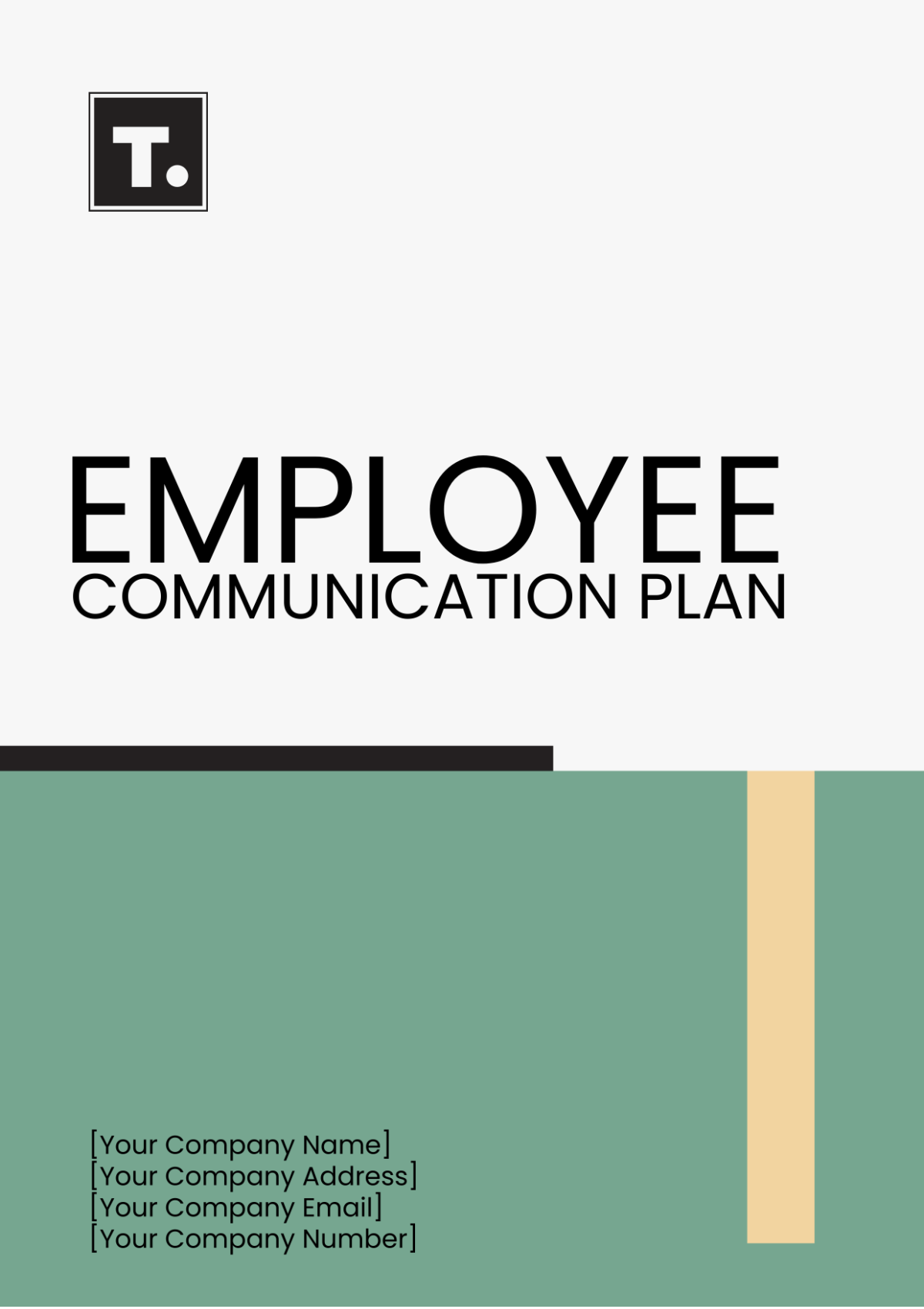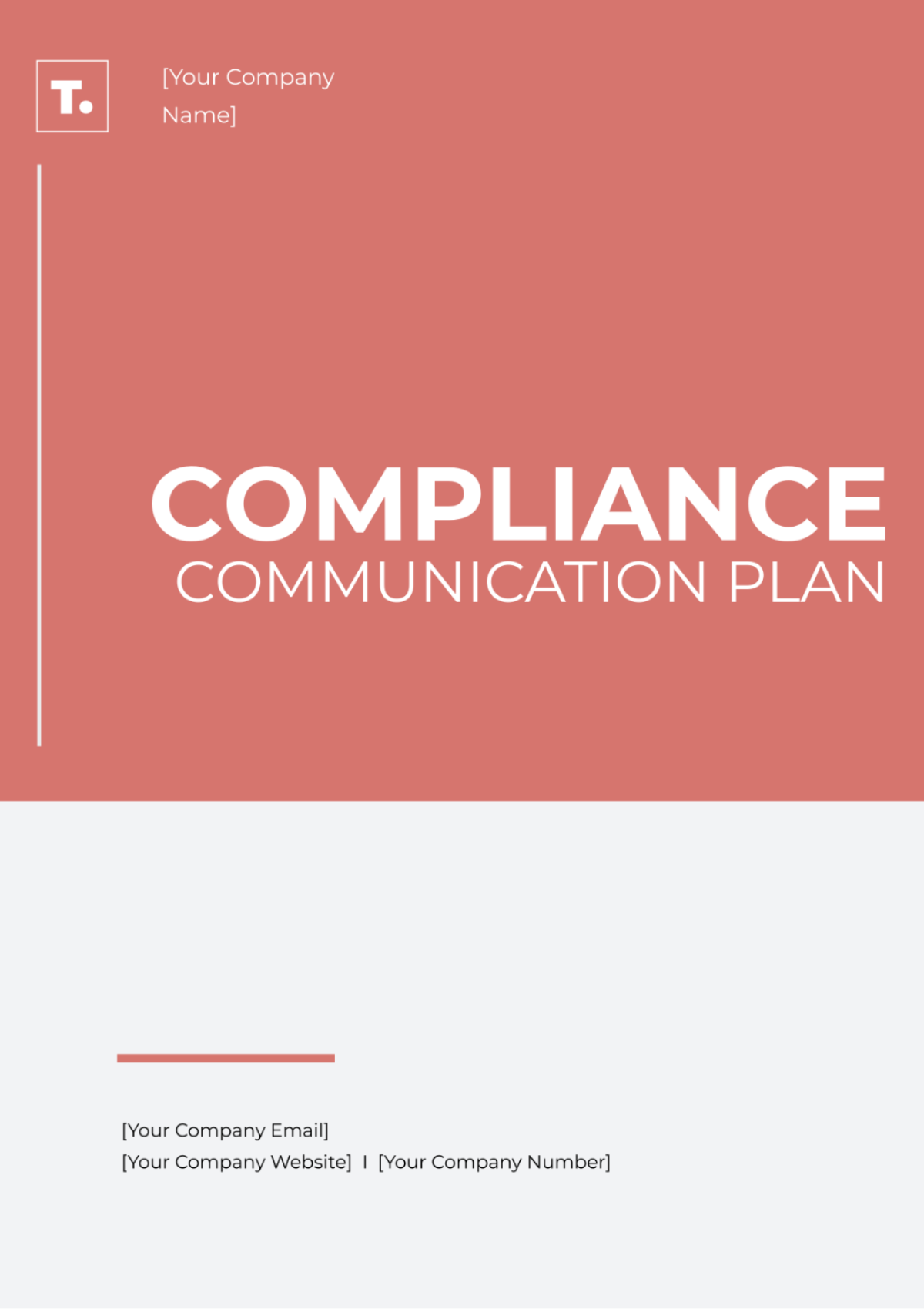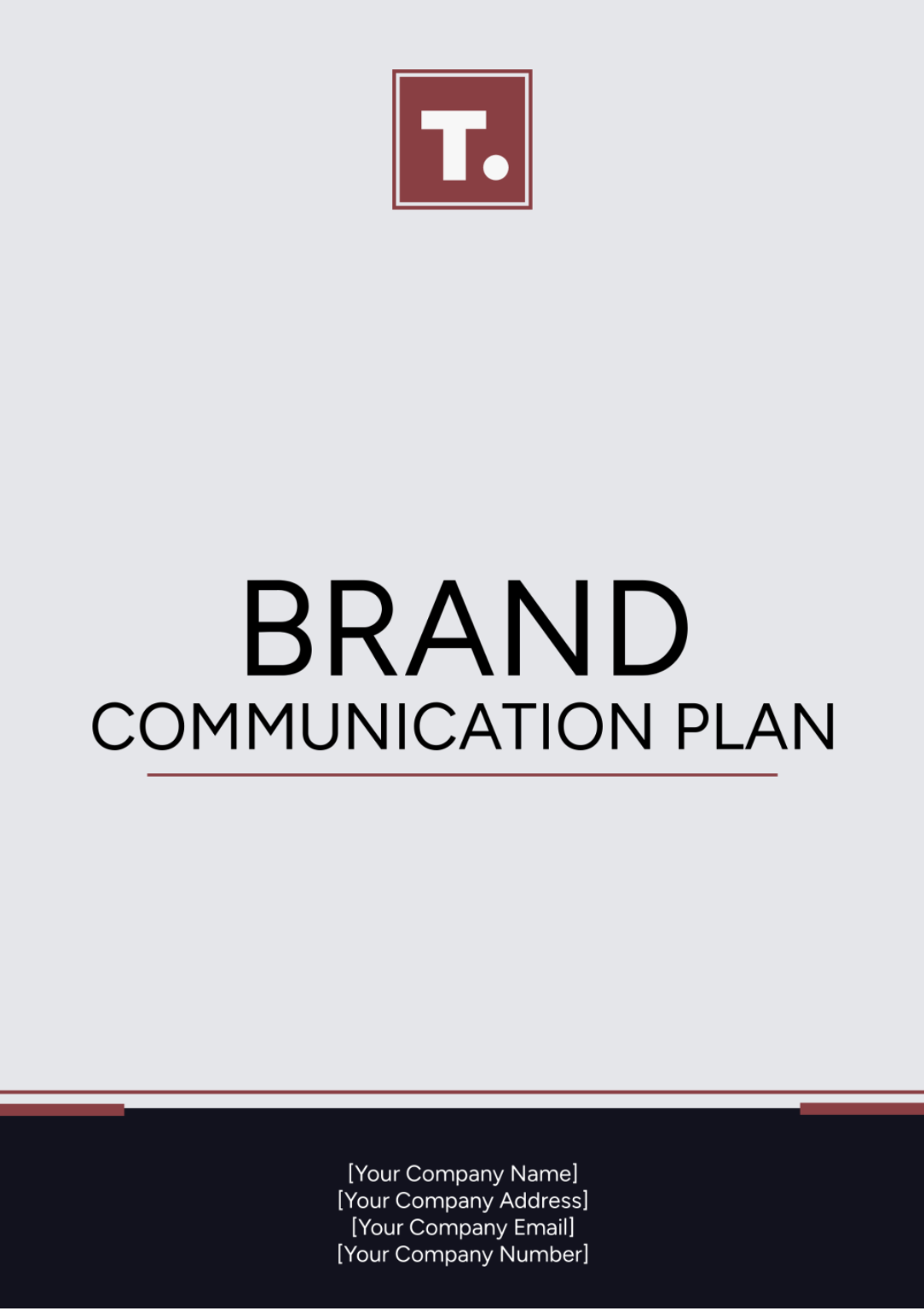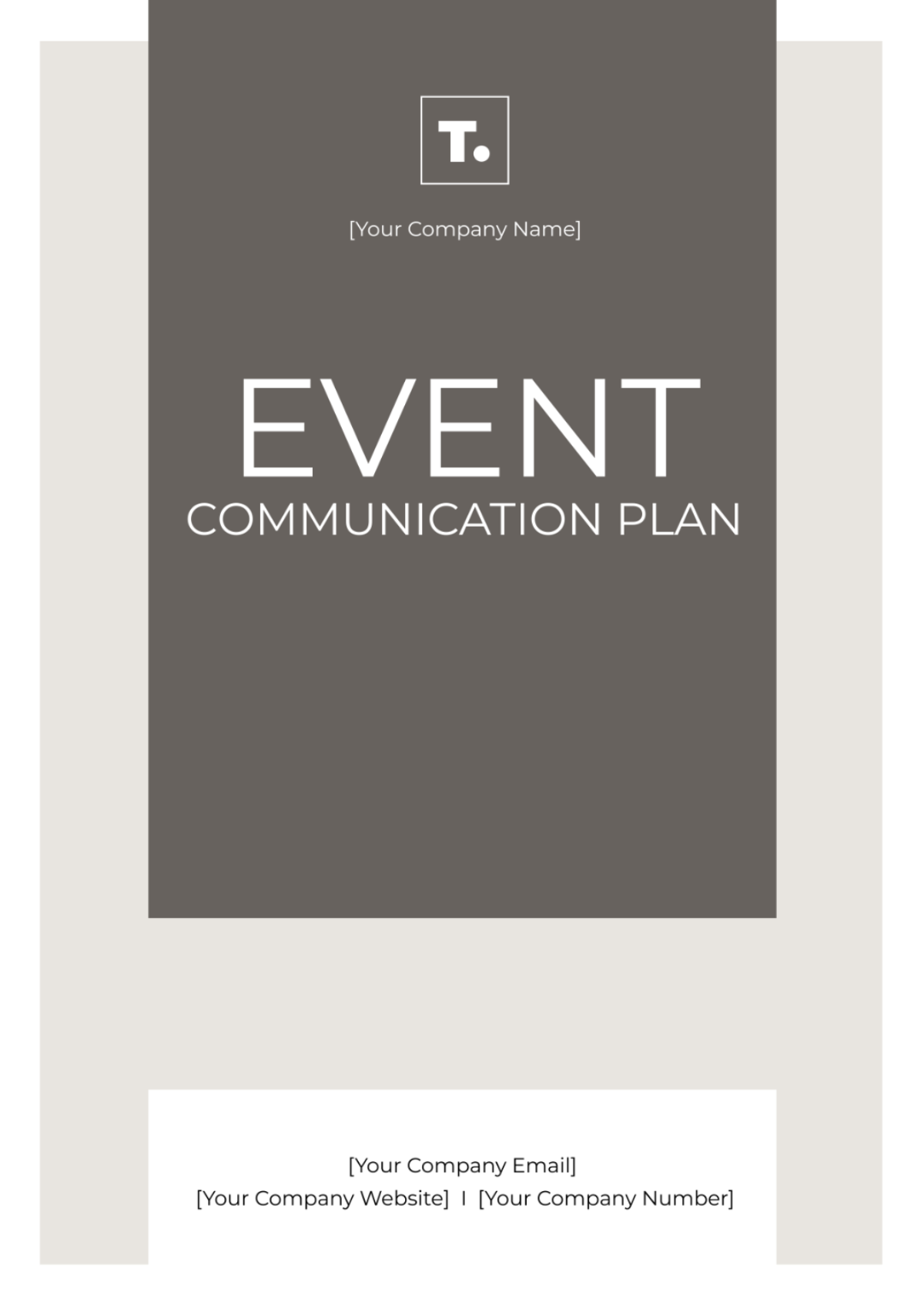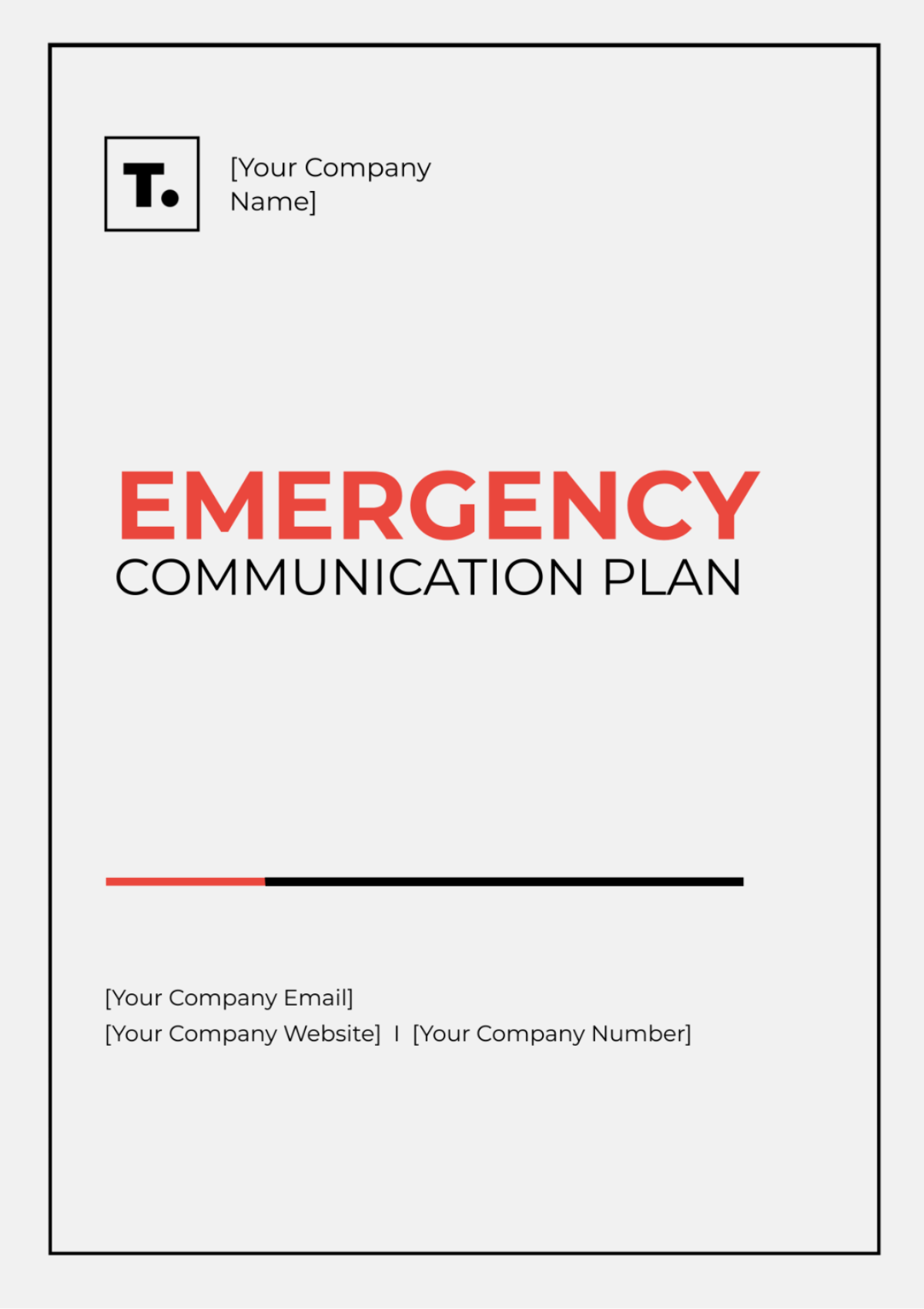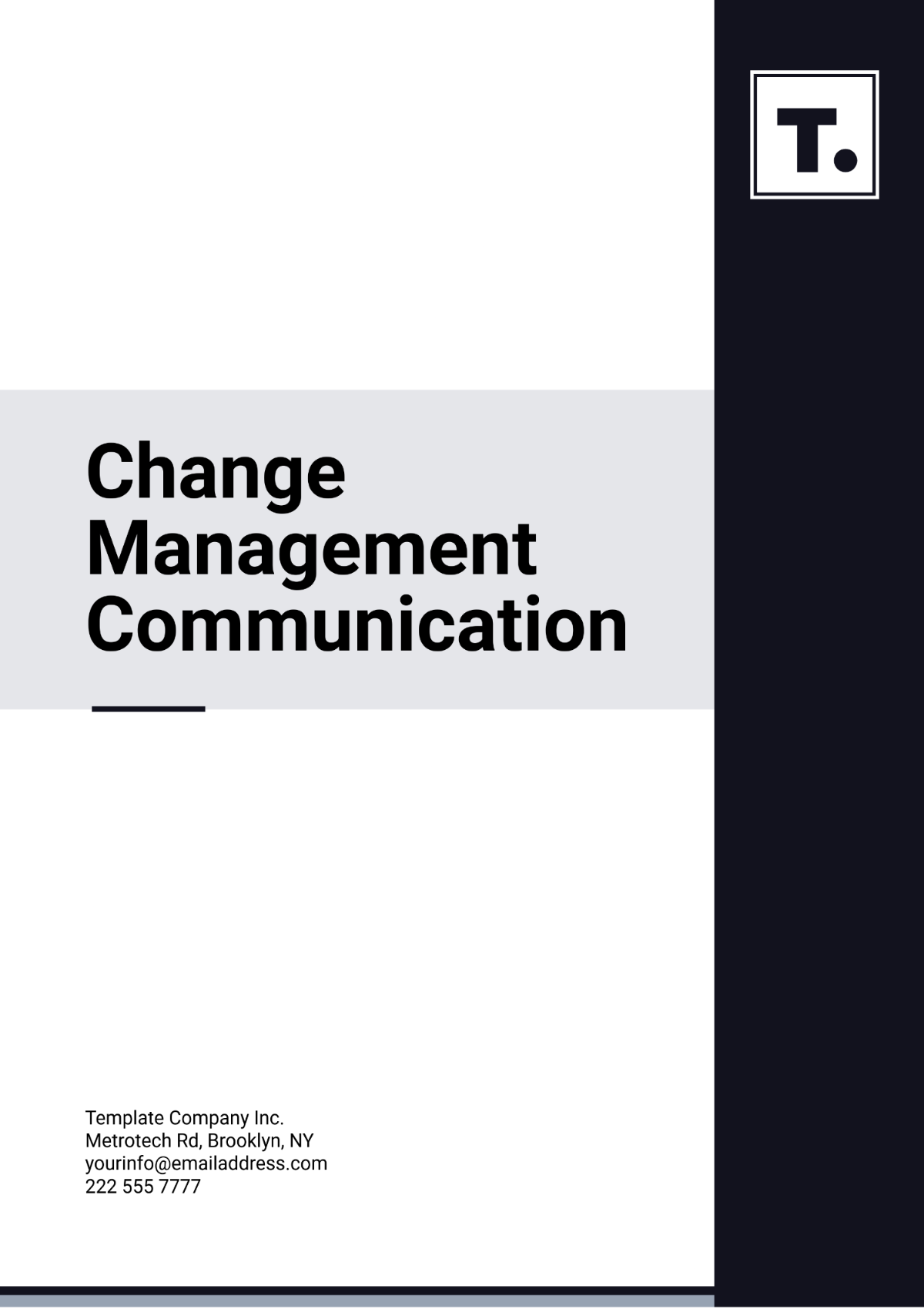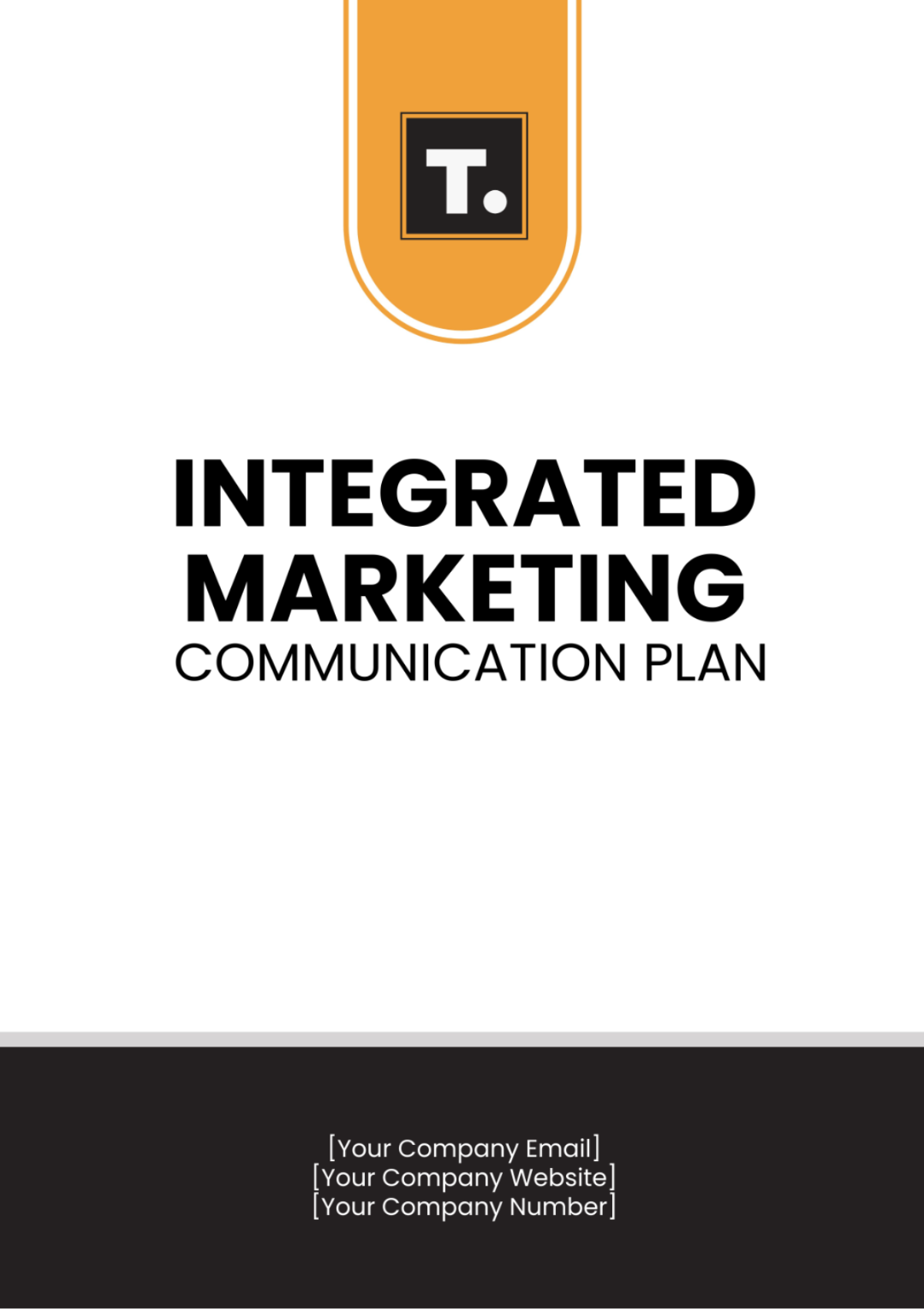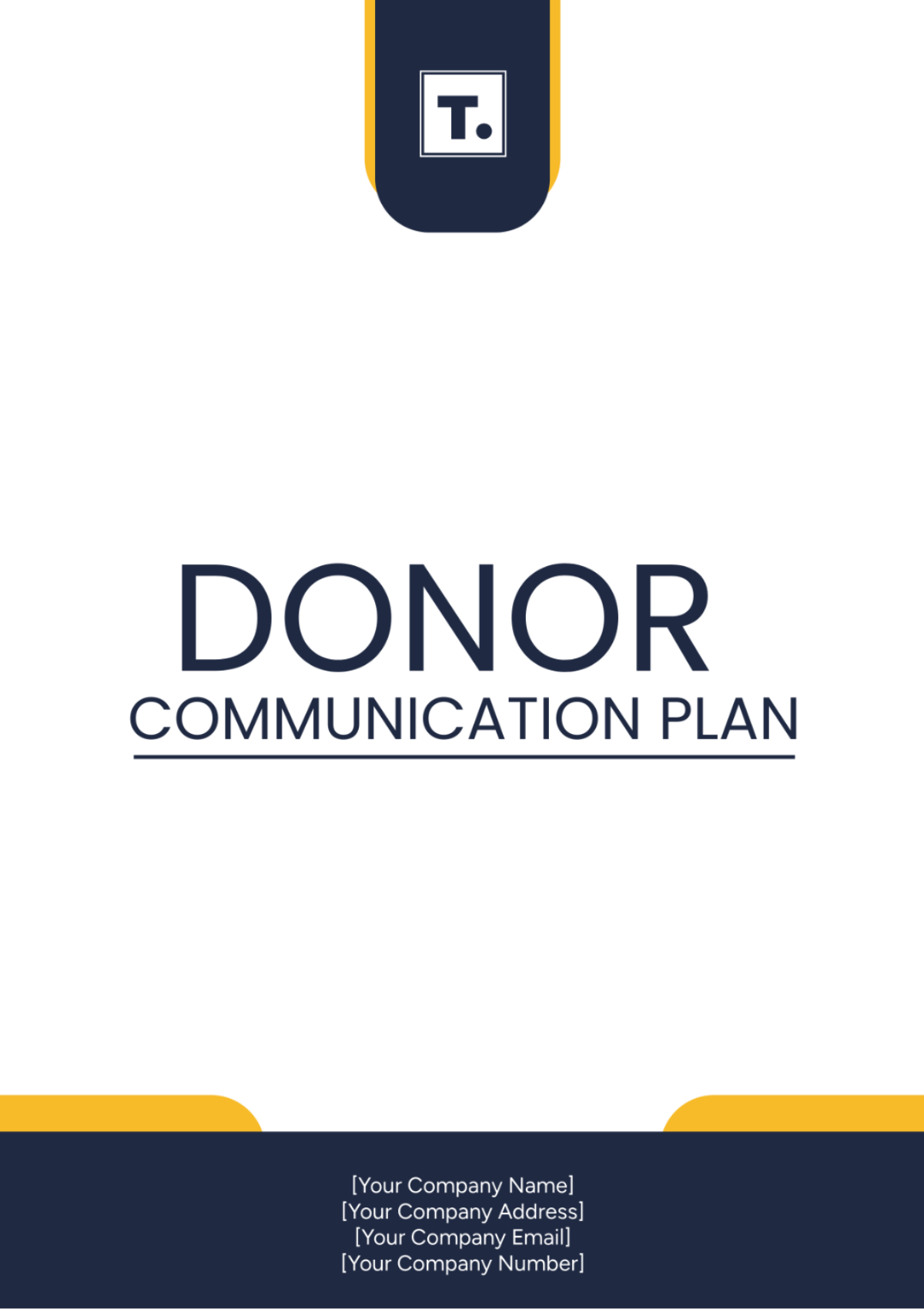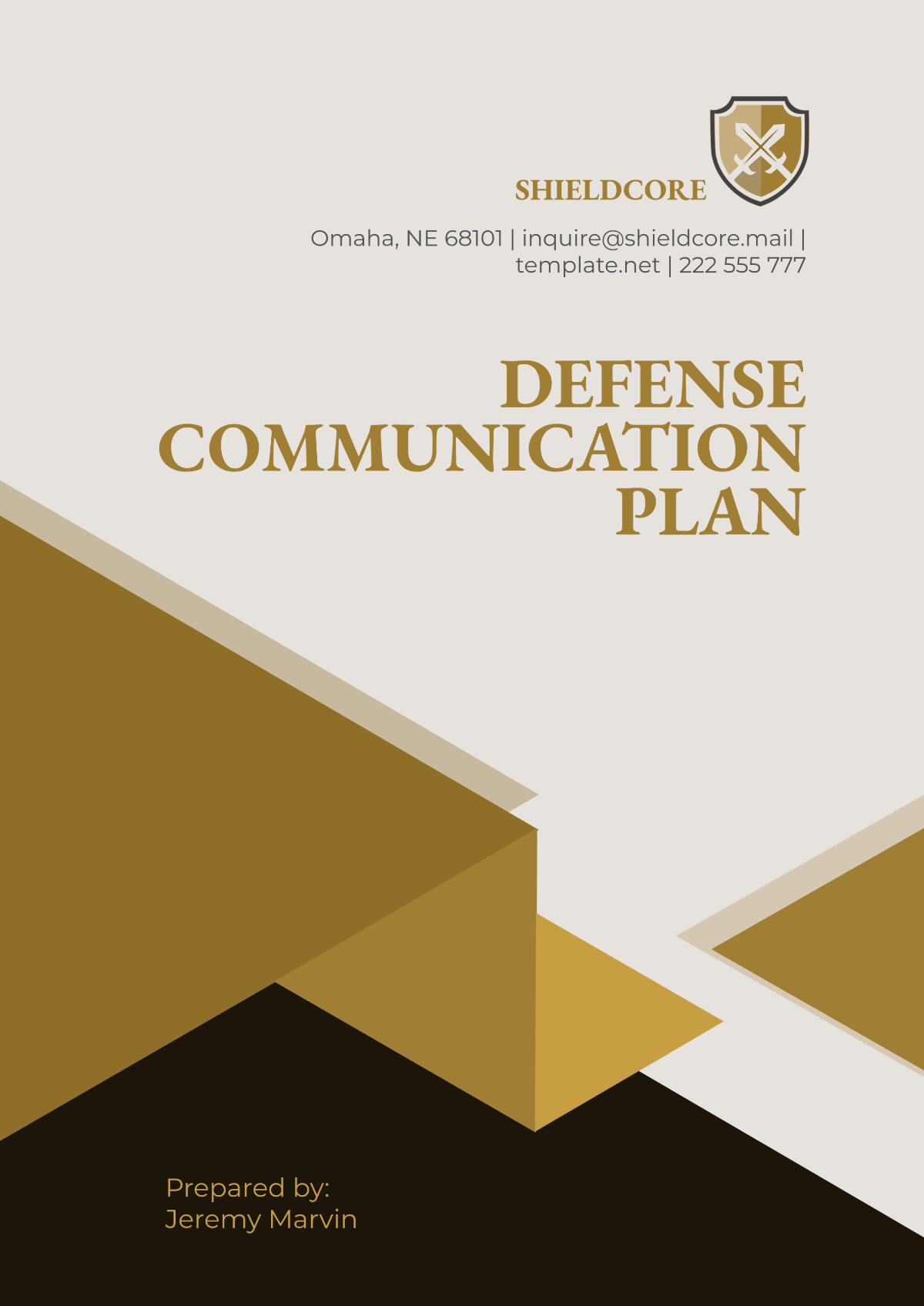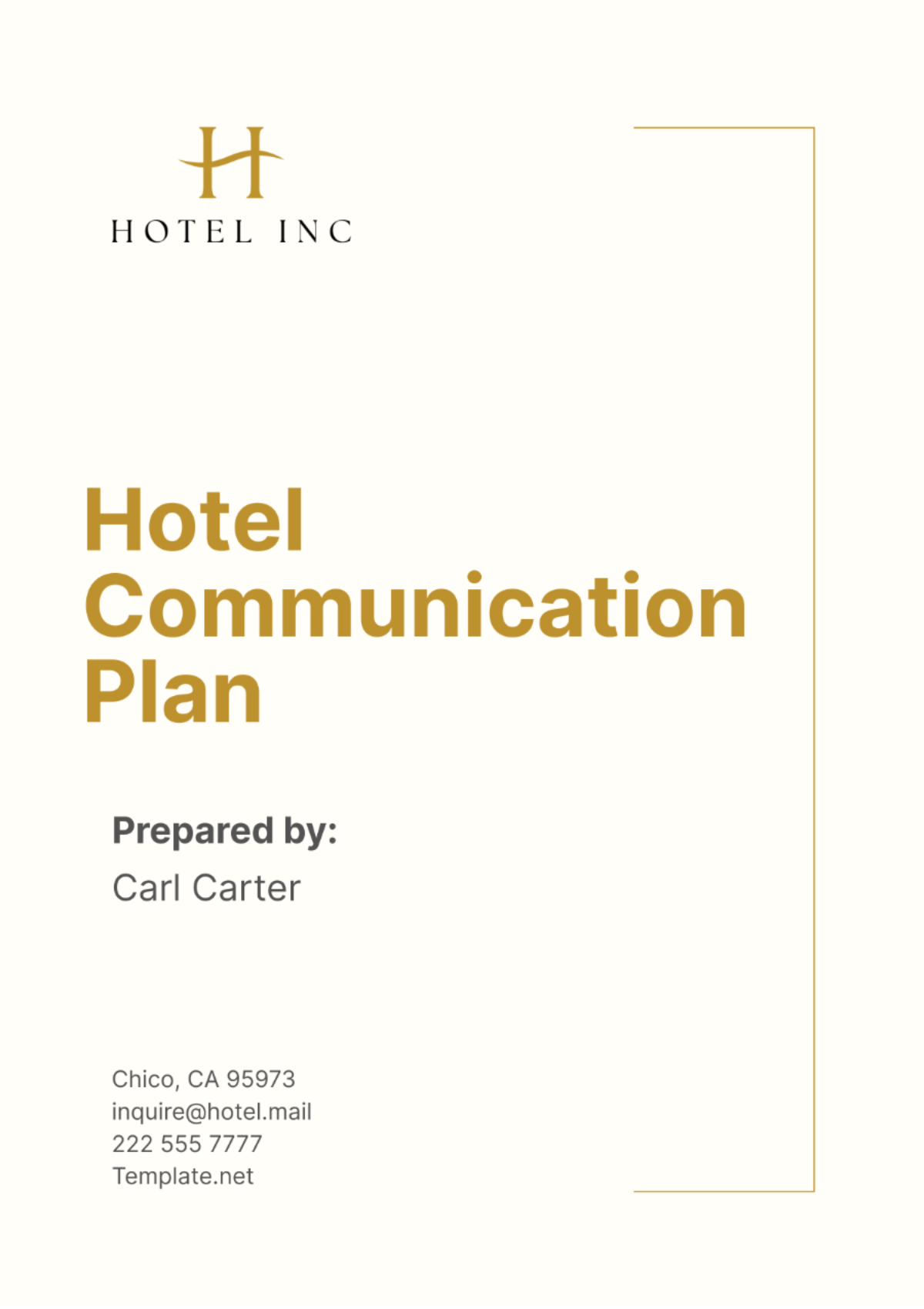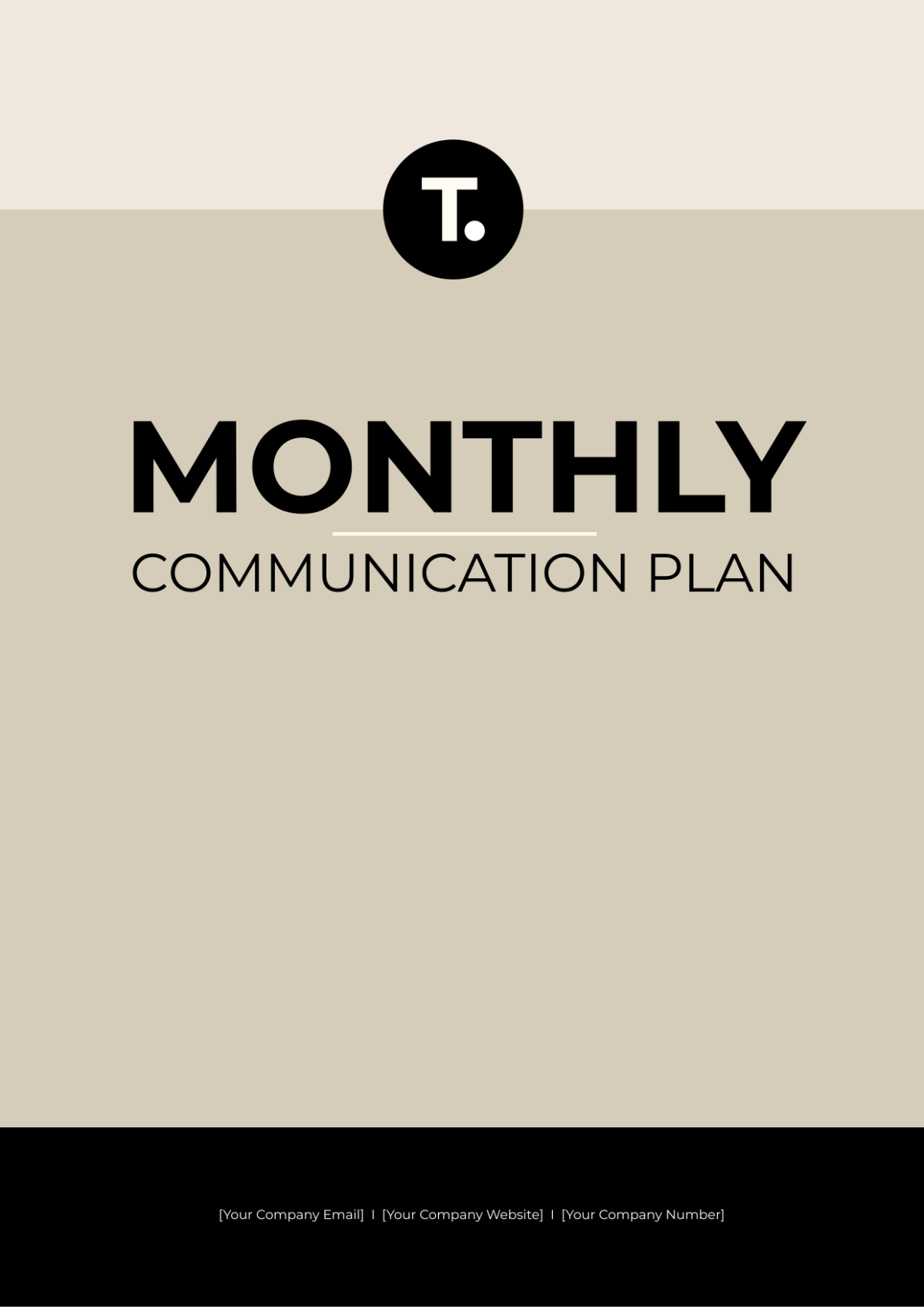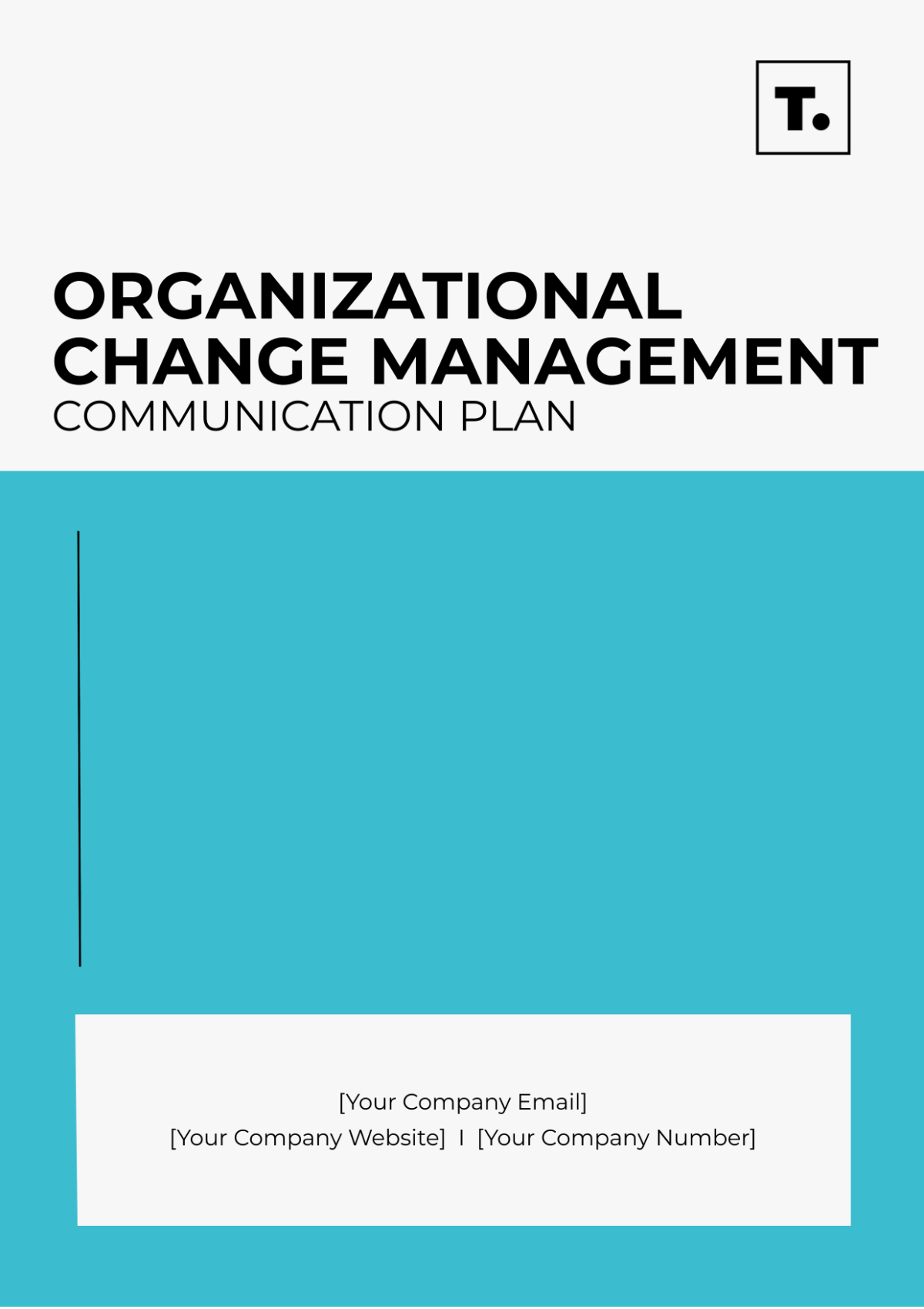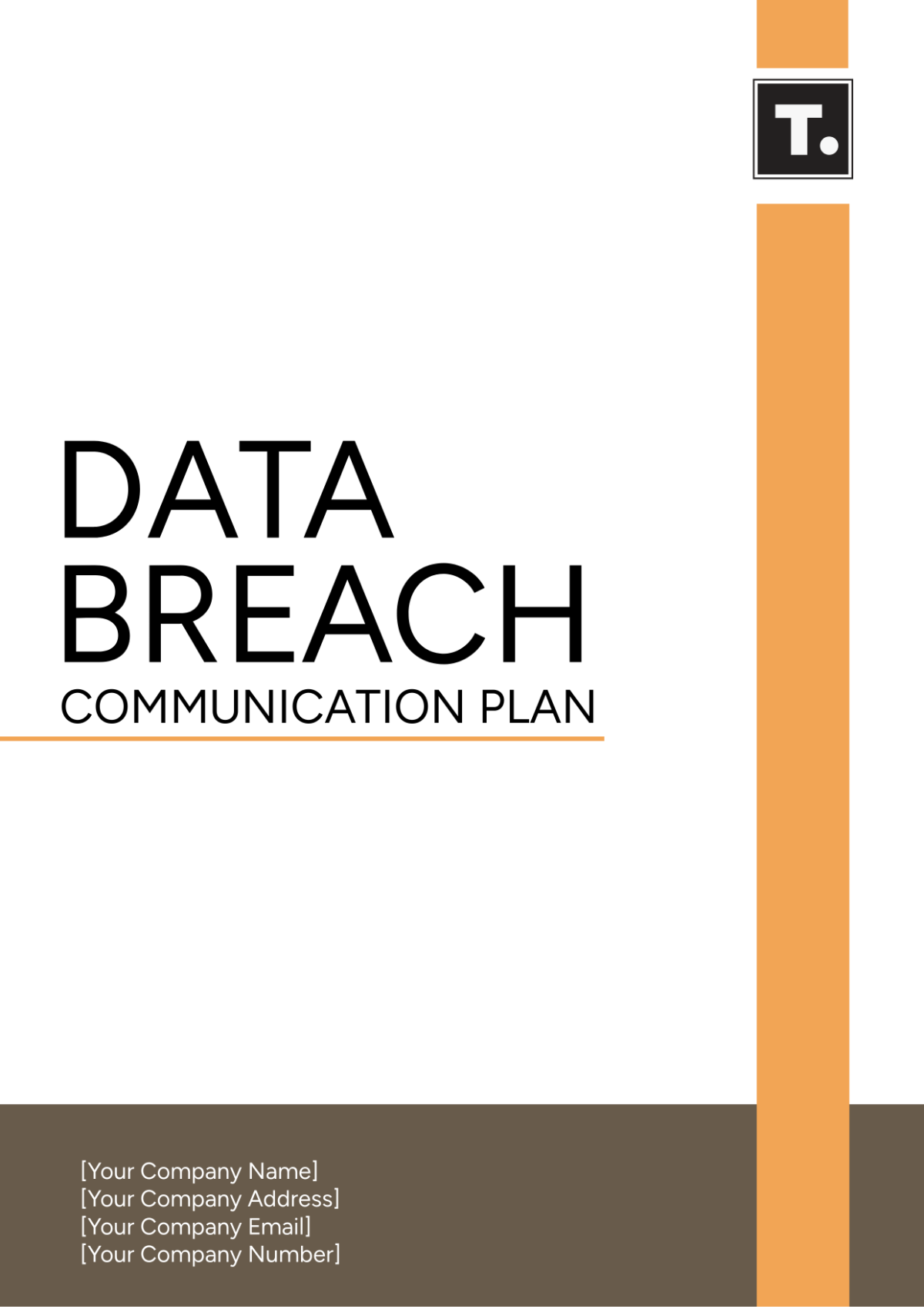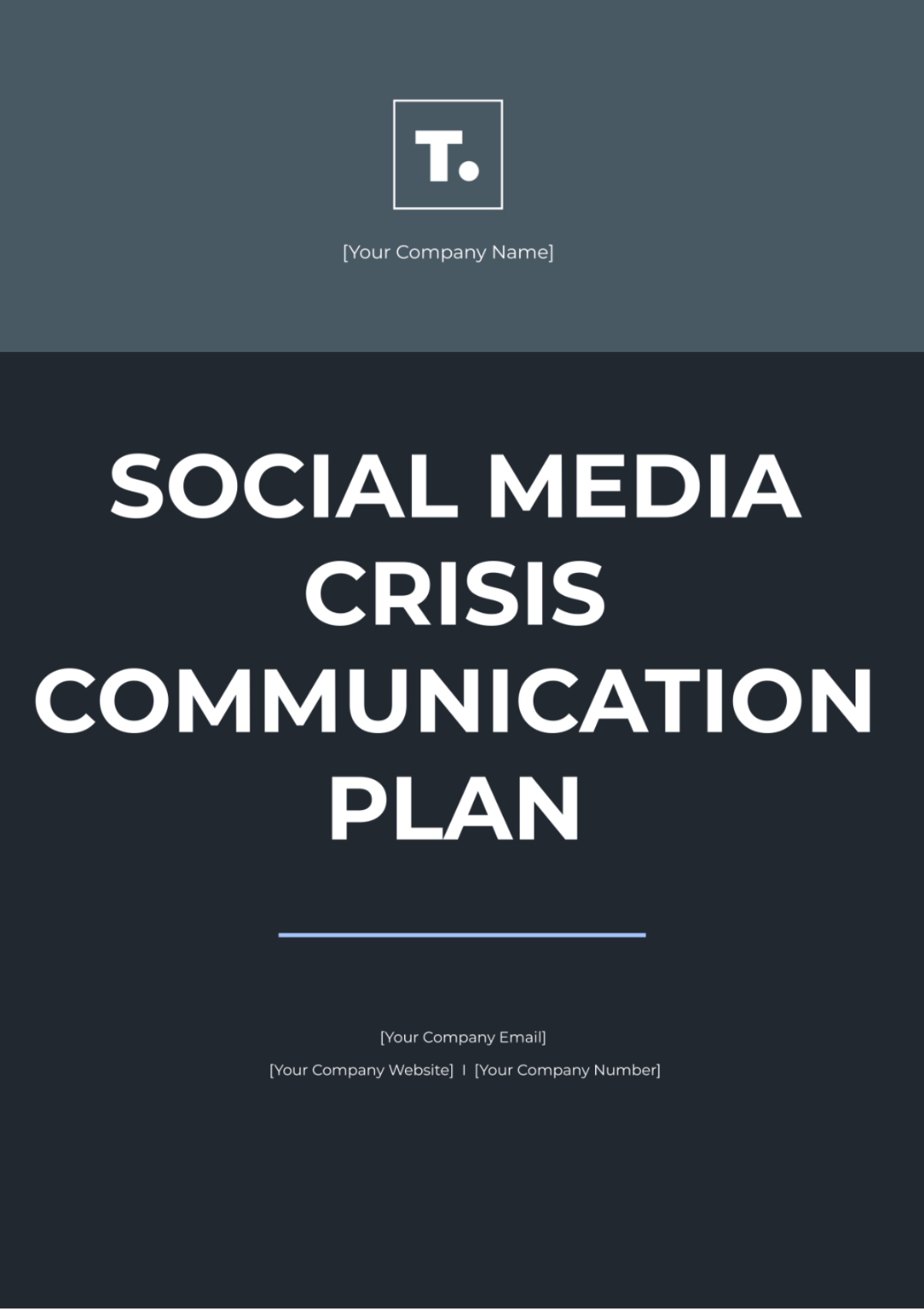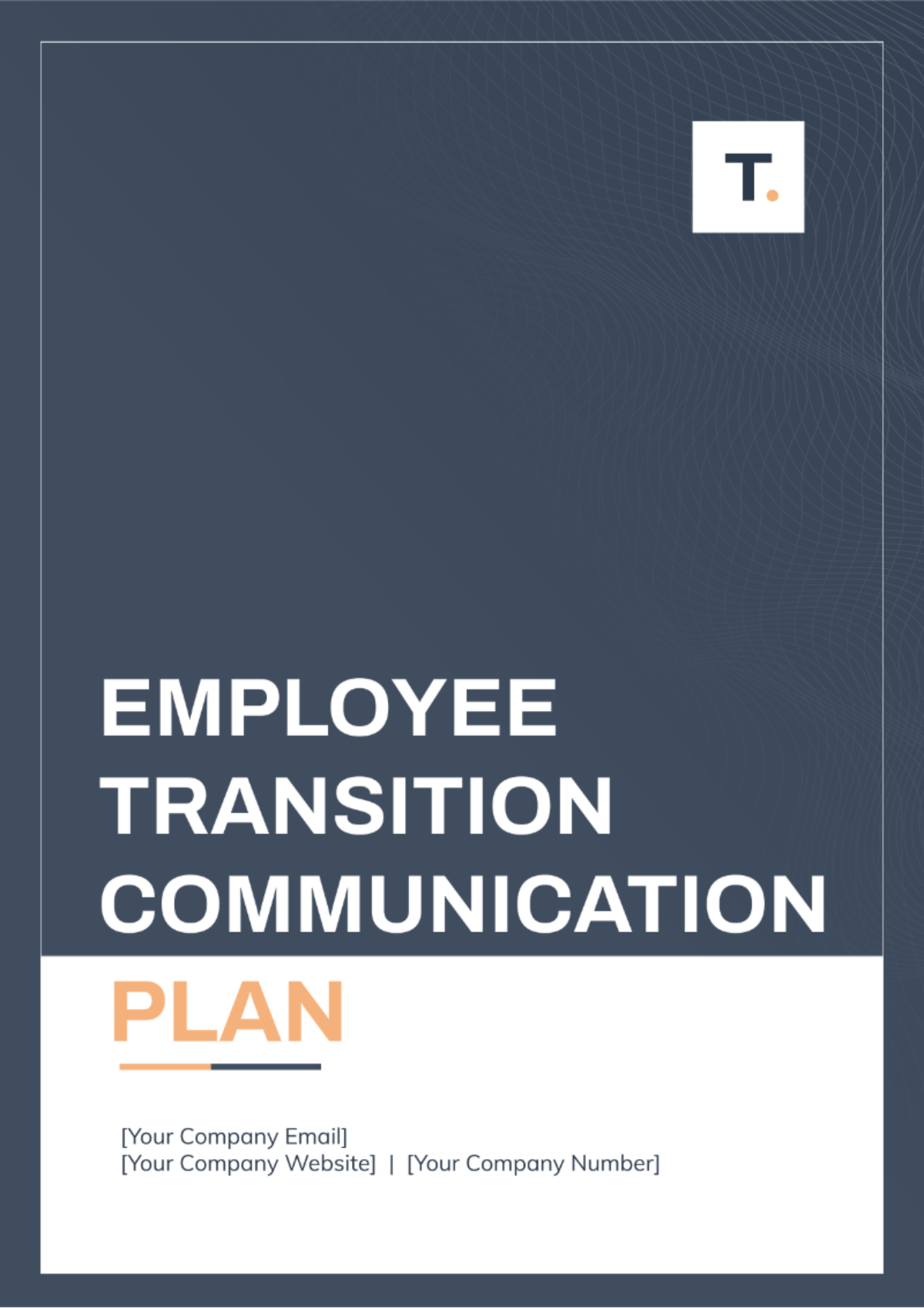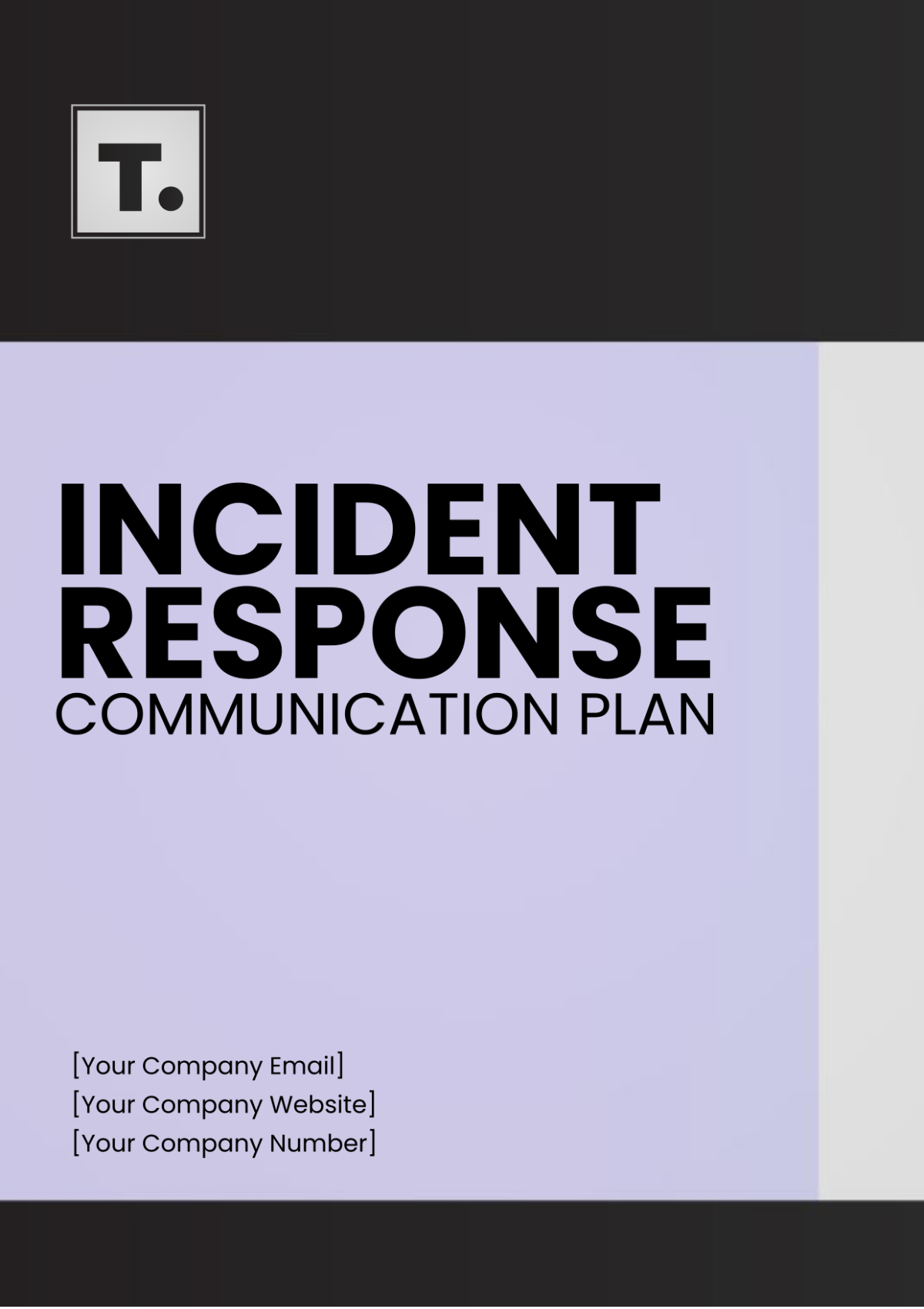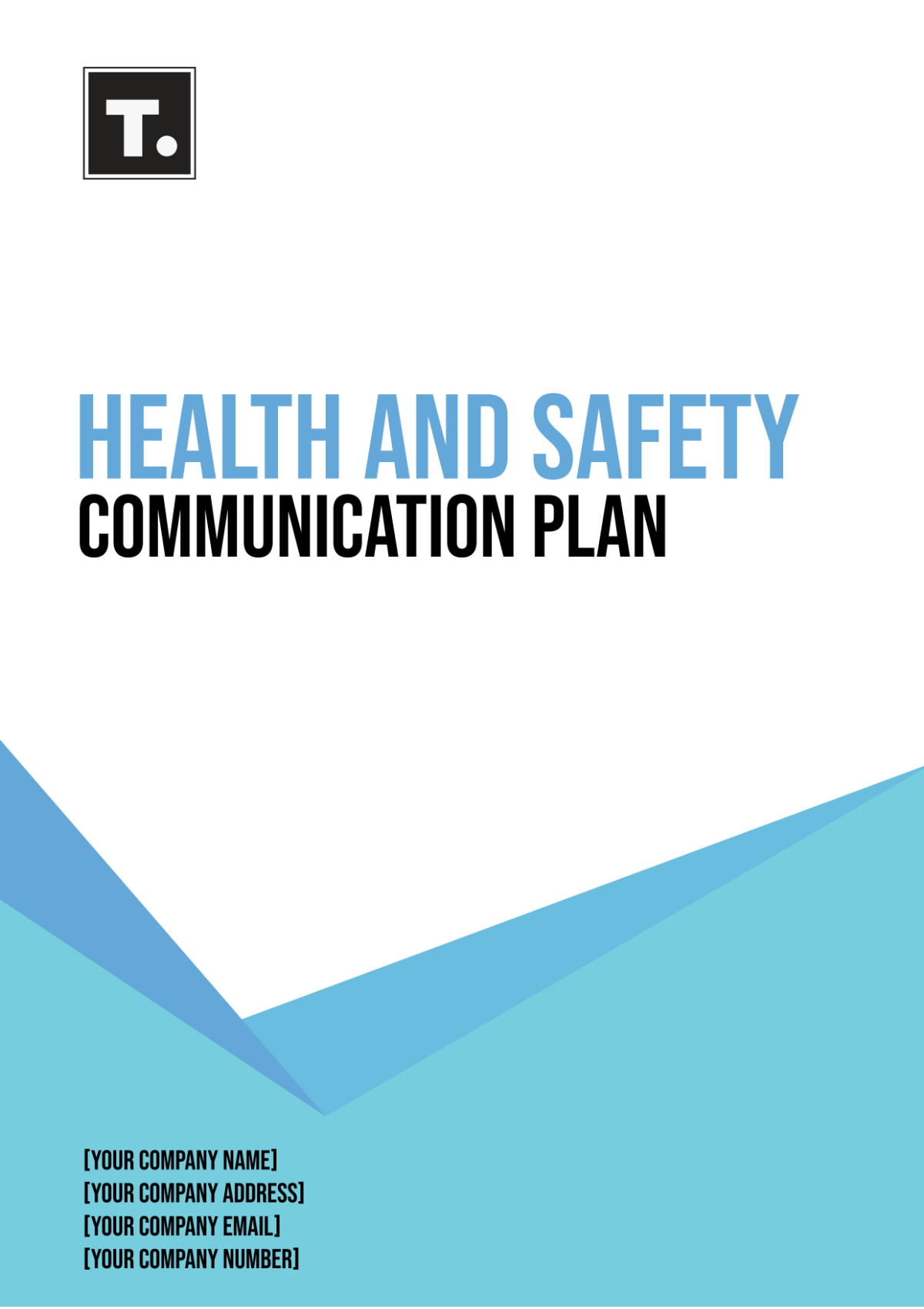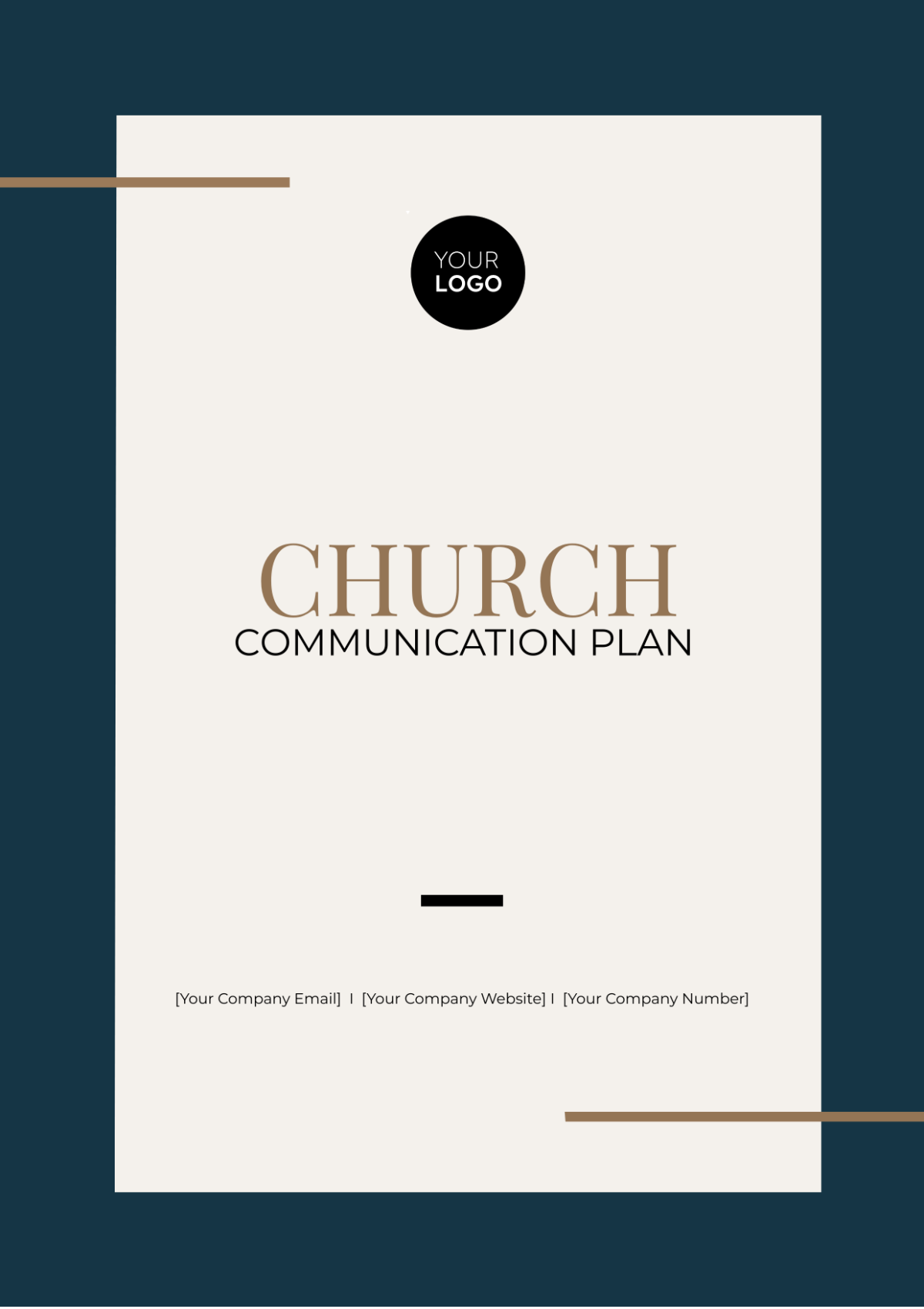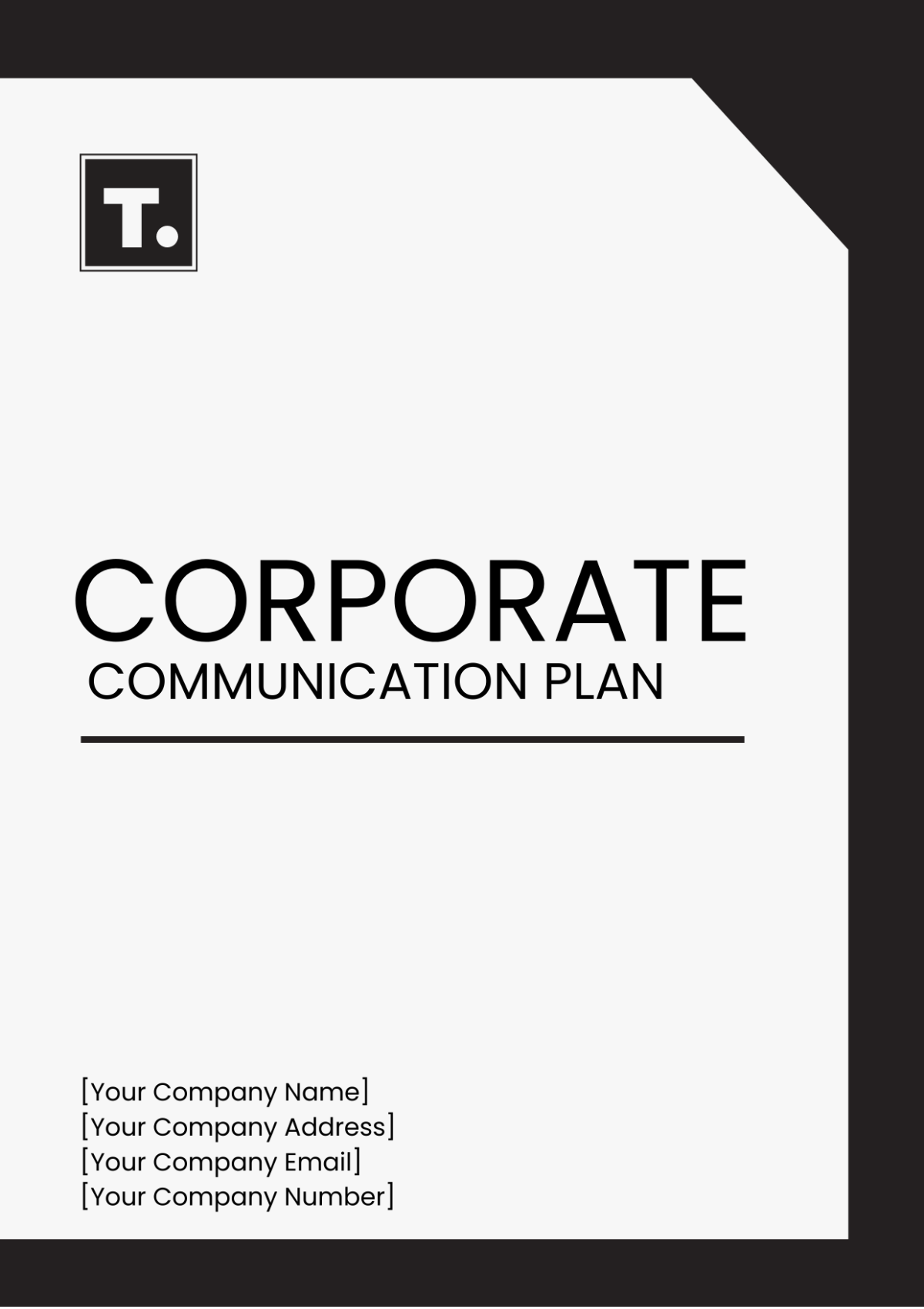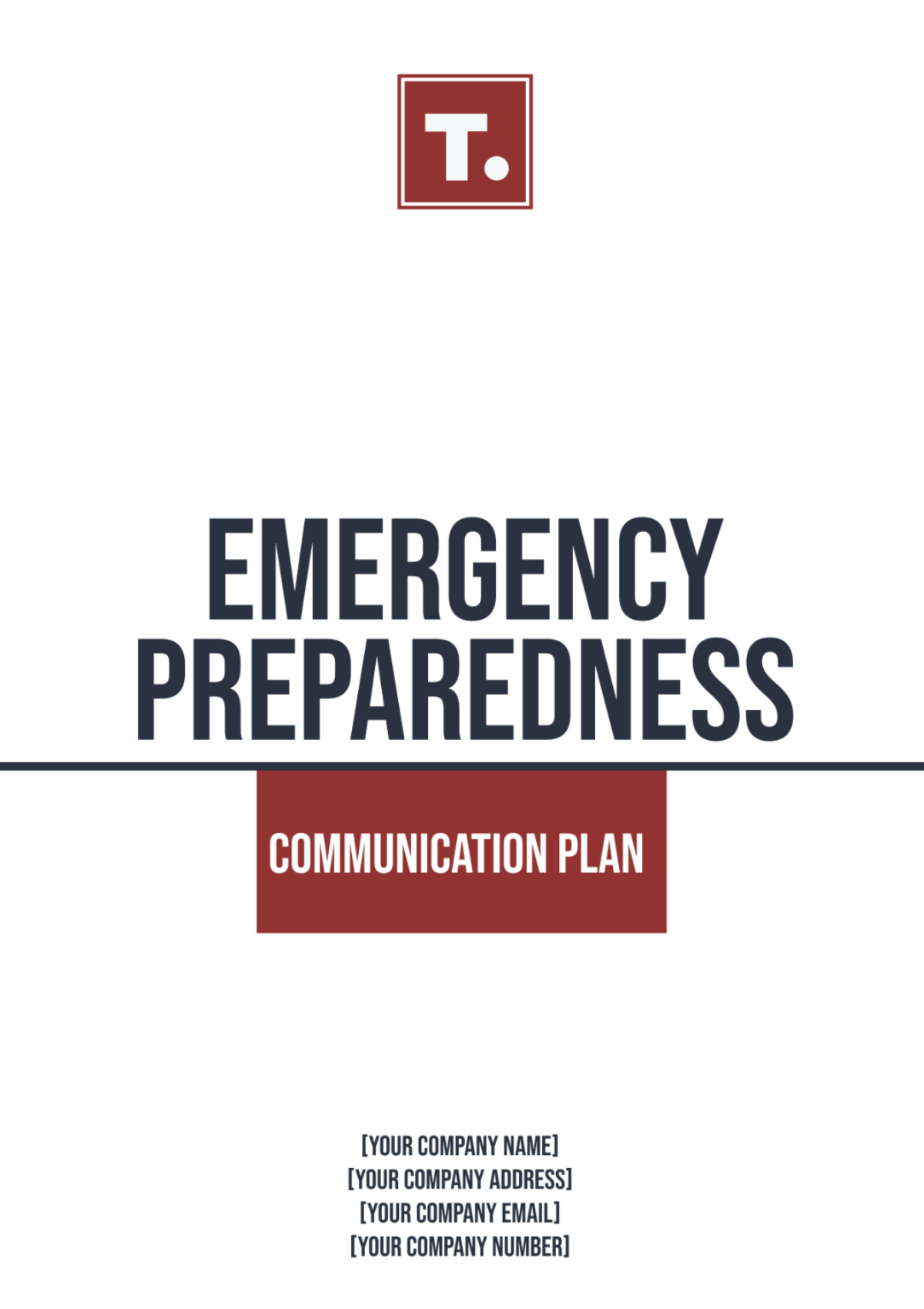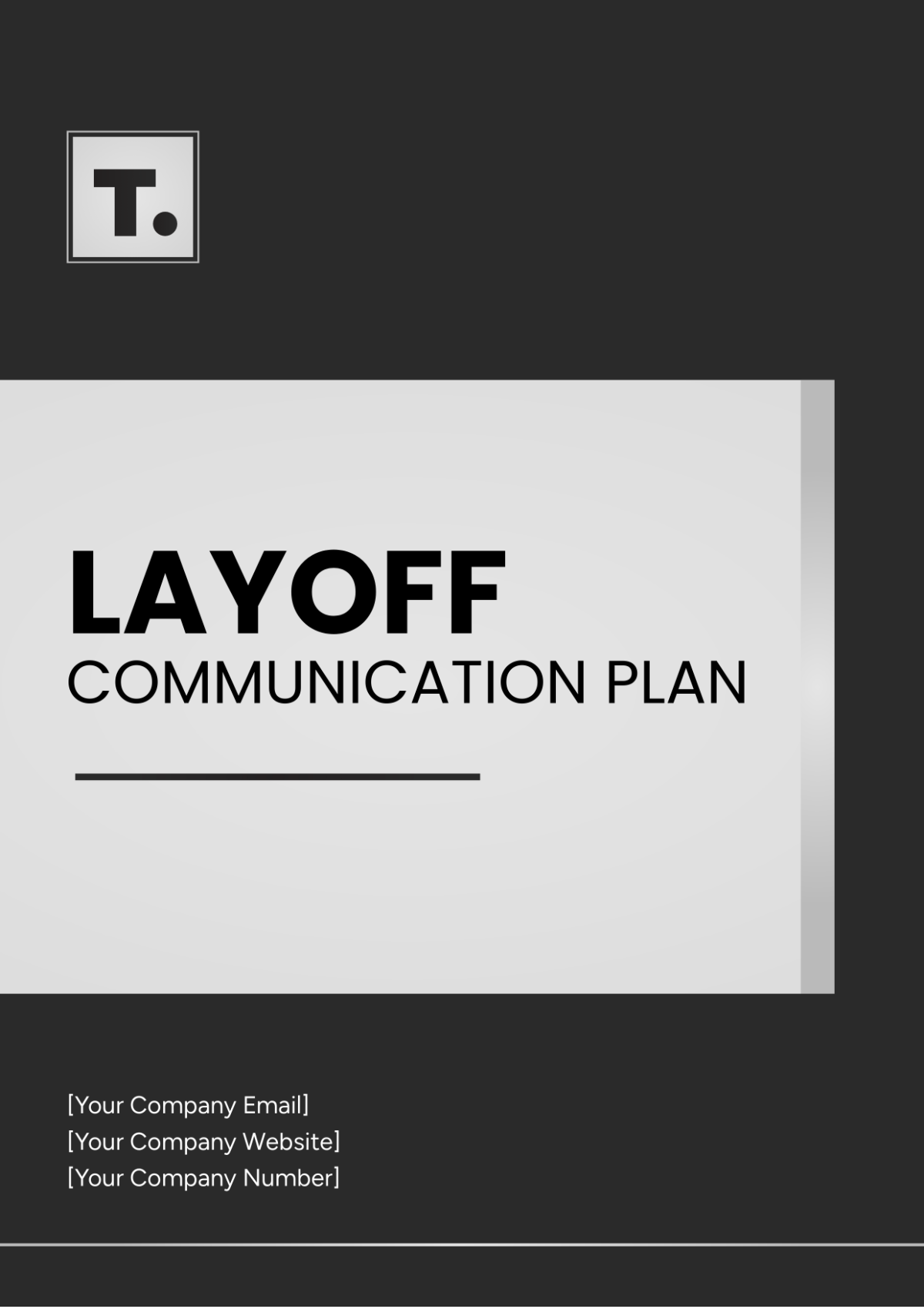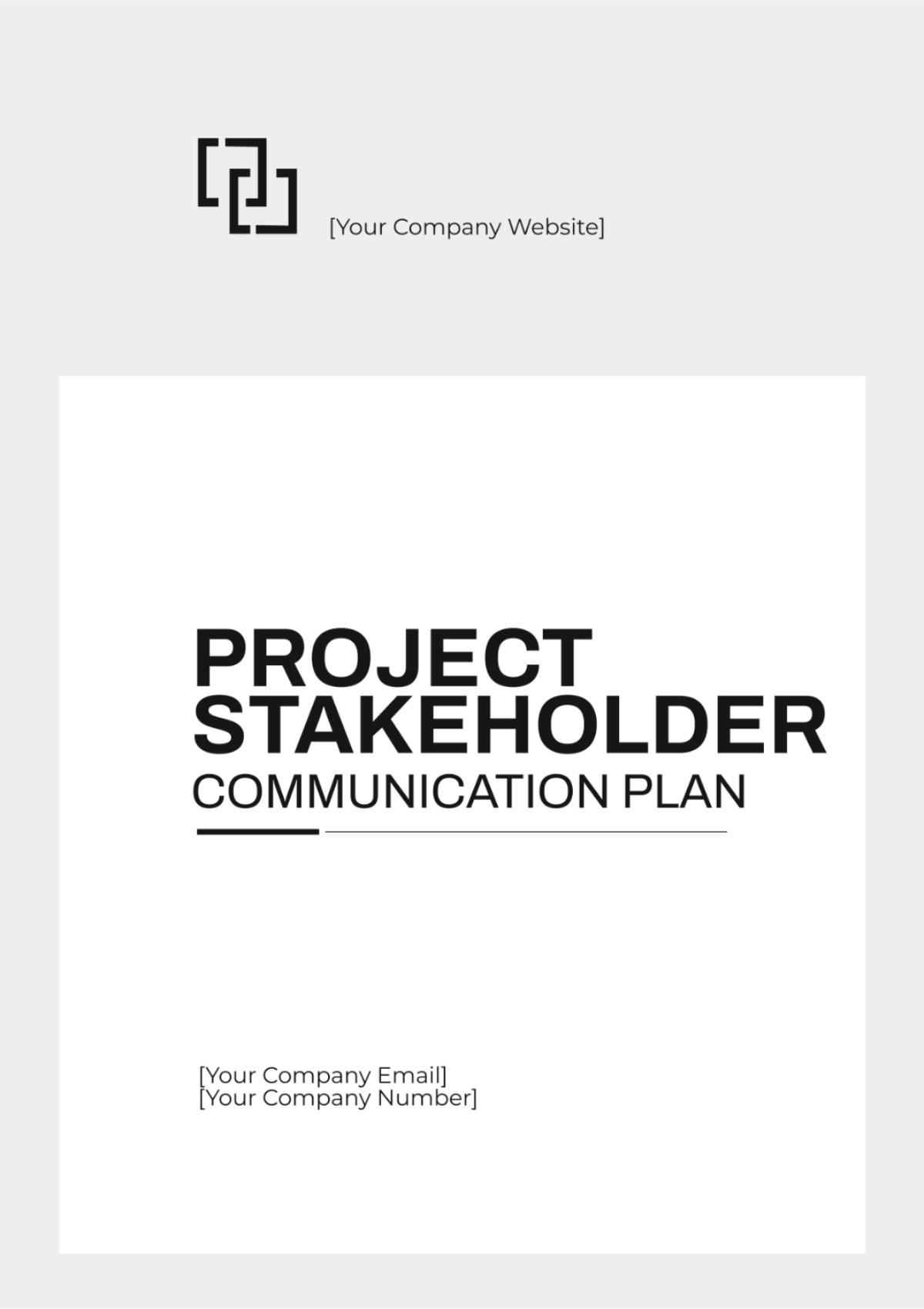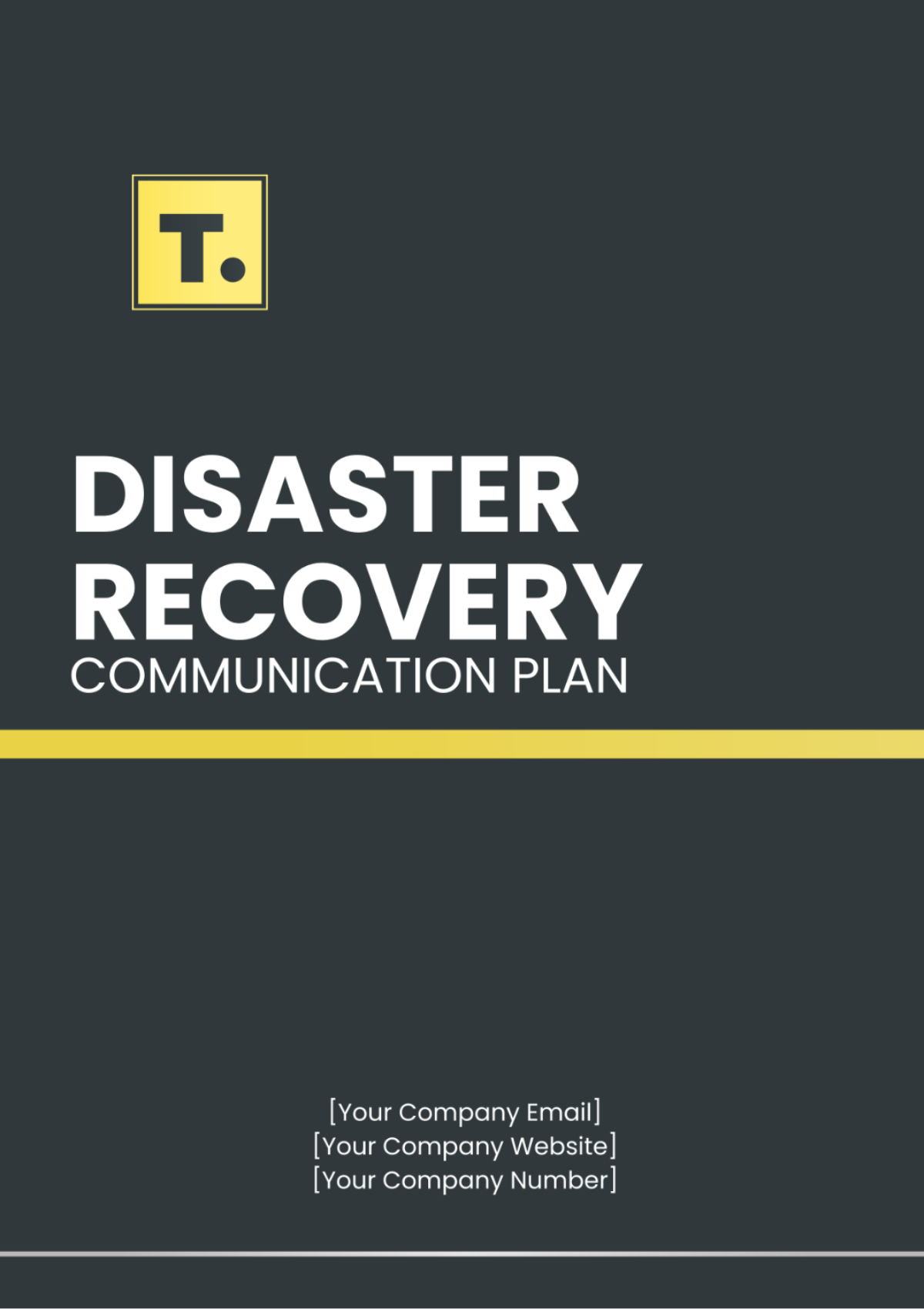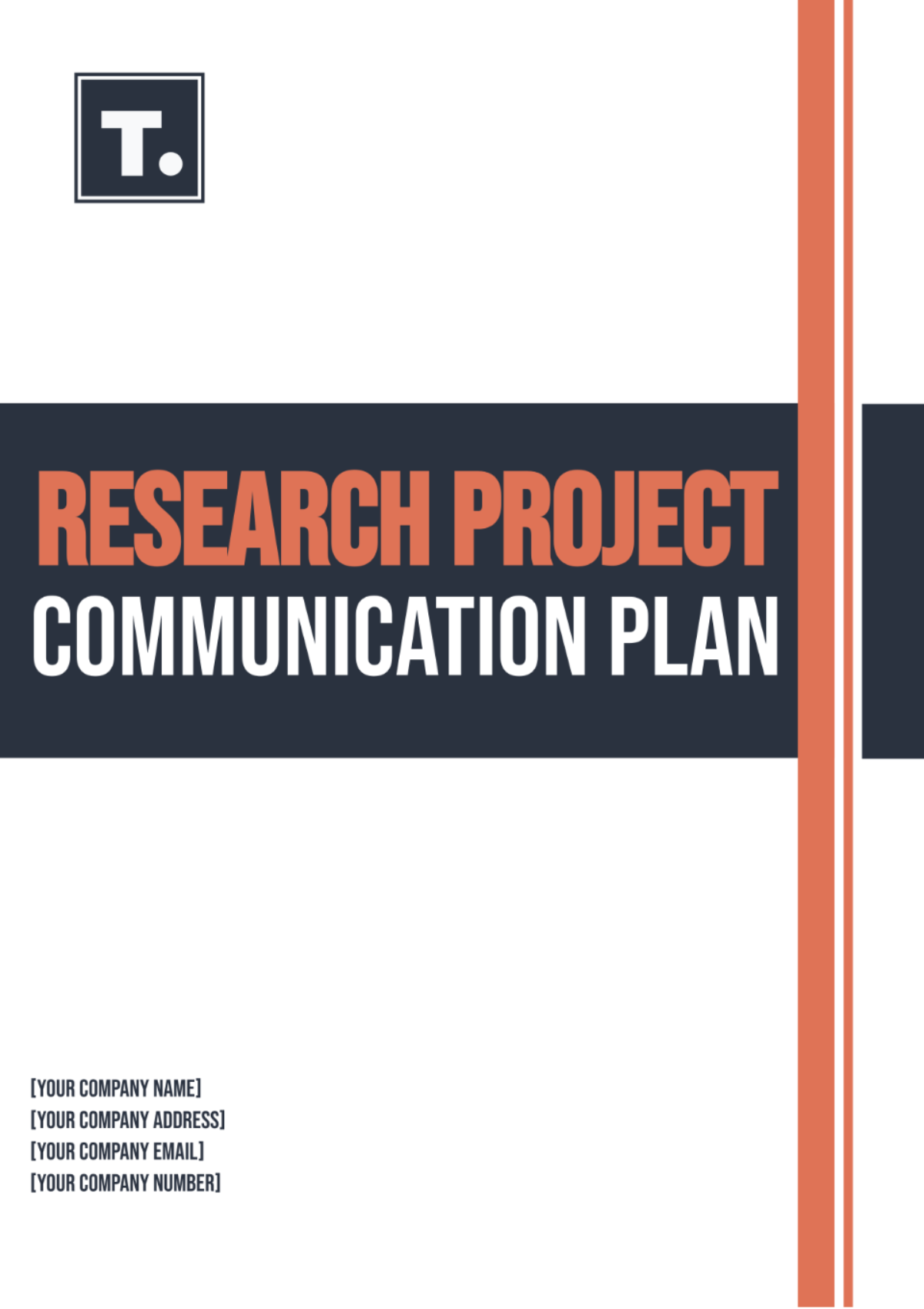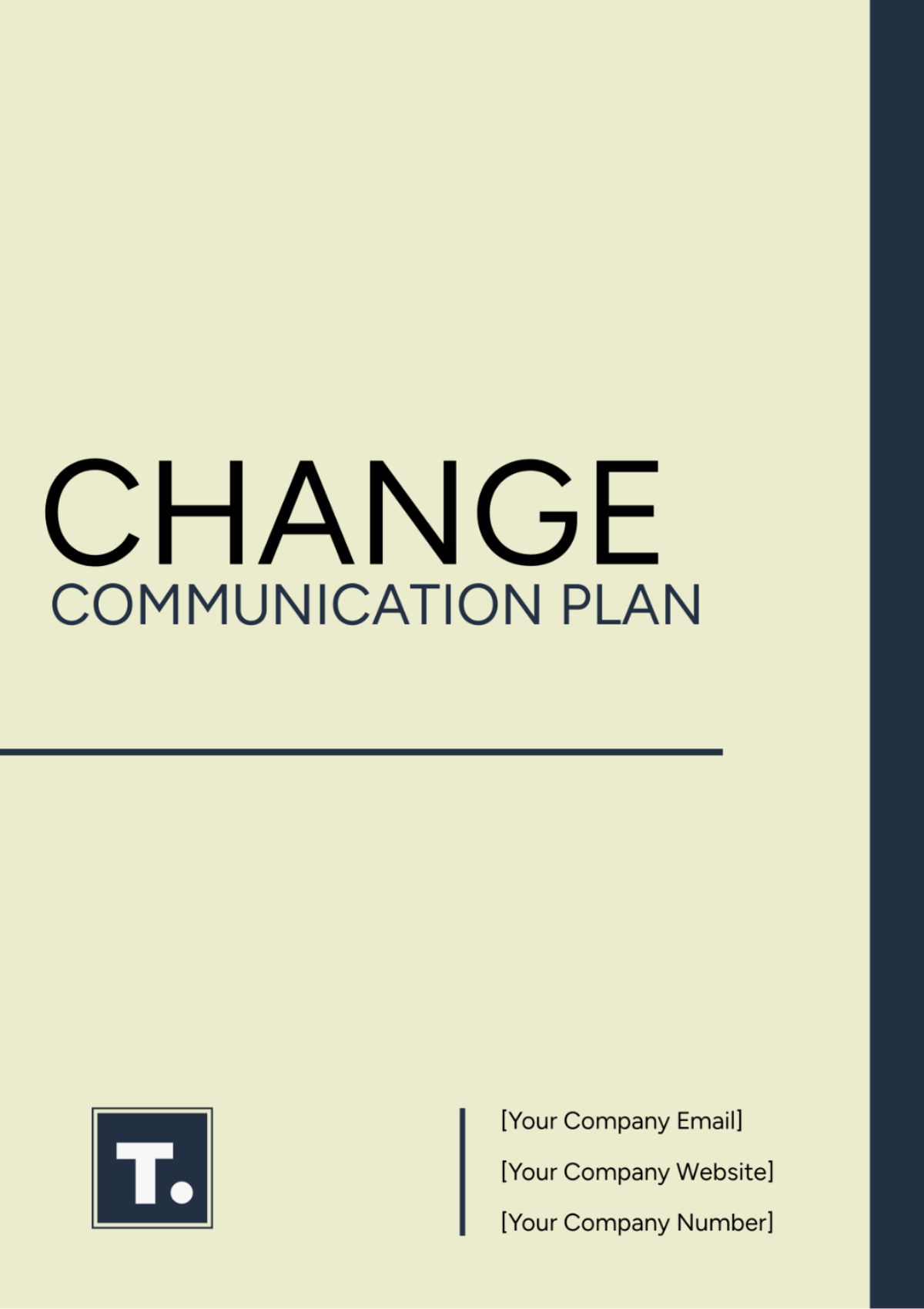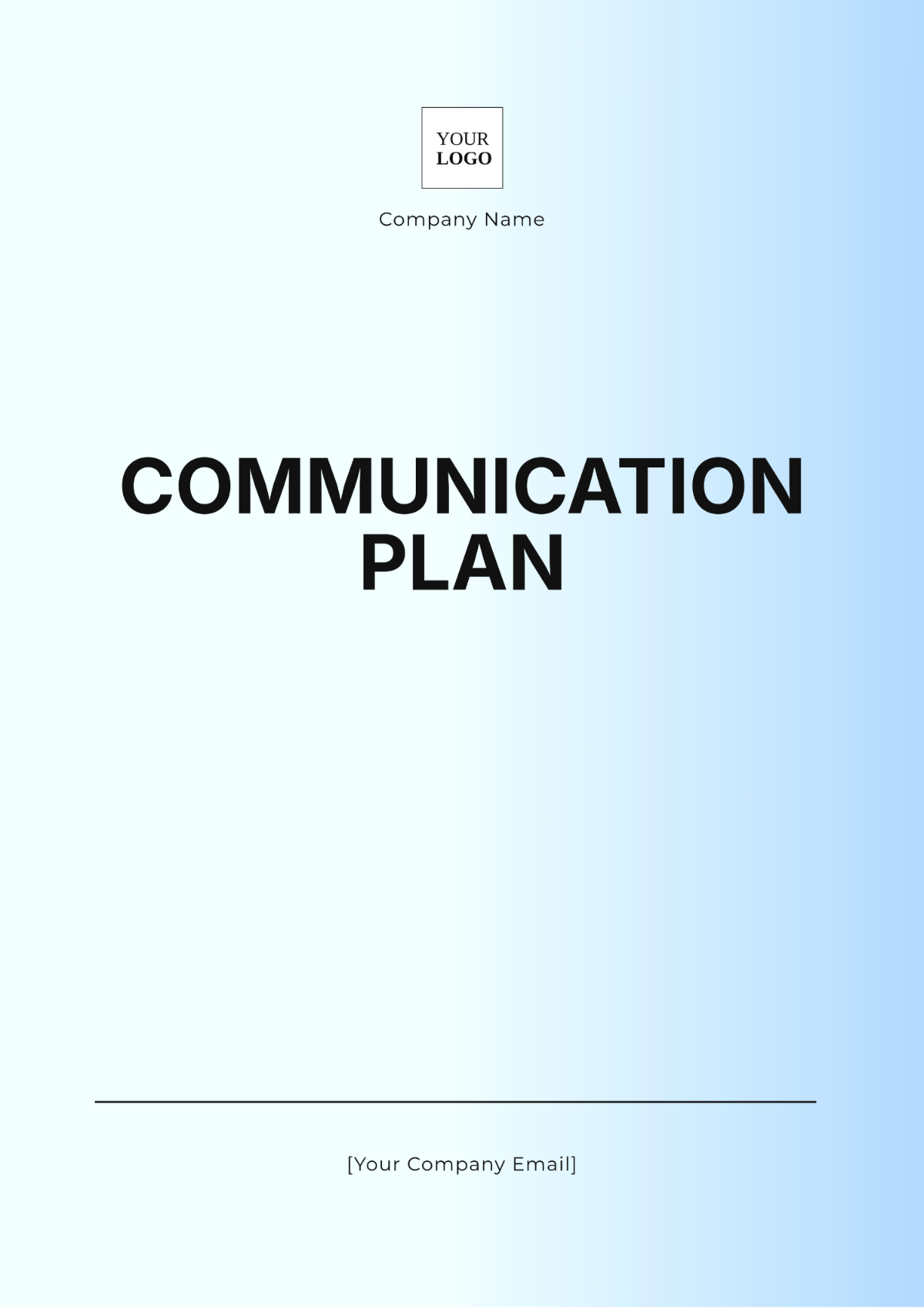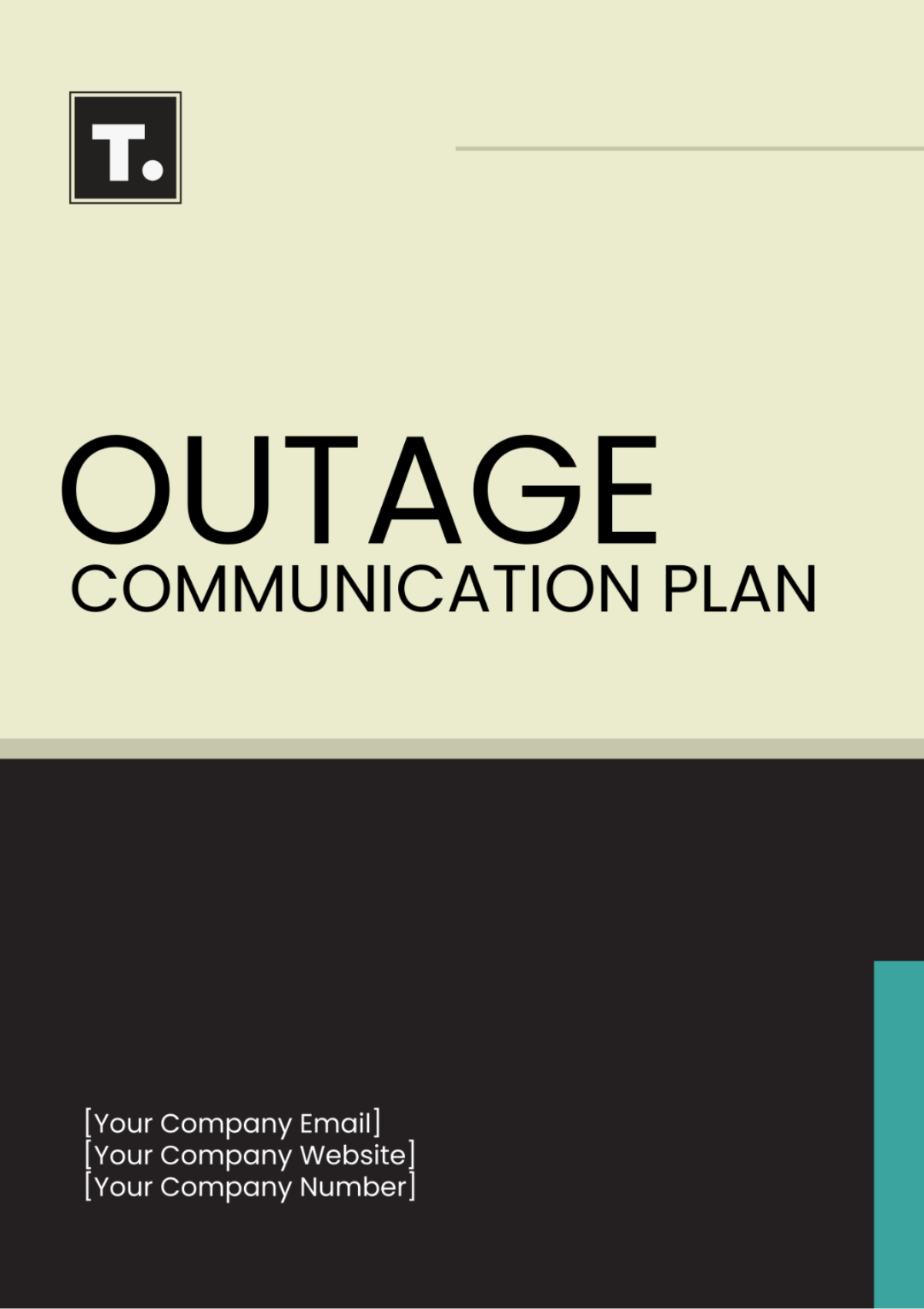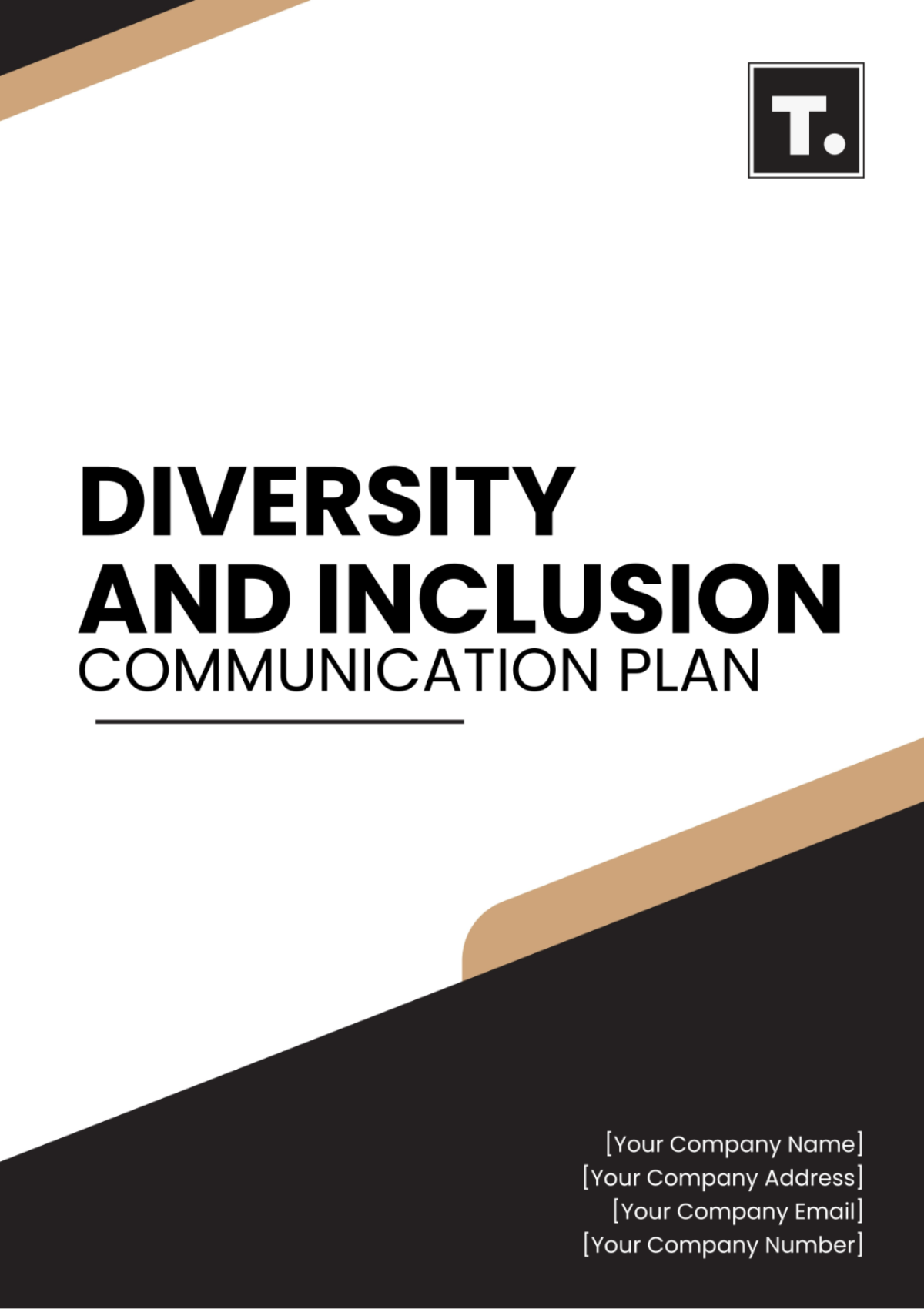External Communication Plan
Written by: [Your Name]
I. Introduction:
The purpose of this External Communication Plan is to outline a structured approach to effectively communicating with external stakeholders. This document includes the selection of appropriate communication channels, recommendations on timing and frequency, roles and responsibilities, and feedback mechanisms to ensure continuous improvement and alignment with organizational objectives.
II. Objectives:
The main objectives of this External Communication Plan are to:
Increase awareness about [Your Company Name]’s products and services.
Enhance brand image and reputation among external stakeholders.
Establish clear and consistent messaging across all communication channels.
Foster strong relationships with clients, partners, and the media.
III. Target Audience:
The primary audiences for this communication plan include:
Customers and clients
Business partners and collaborators
Industry analysts and influencers
Media outlets
General public
IV. Communication Channels:
Communication channels will be selected based on the target audience and the nature of the message being communicated. The following table lists the recommended channels for various types of communication:
Channel | Purpose | Examples |
|---|---|---|
Direct updates and announcements | [Your Email] | |
Website | Comprehensive information and updates | [Your Company Website] |
Social Media | Engagement and real-time updates | [Your Company Social Media] |
Press Releases | Official announcements | Media press kits |
Events | Personal interaction and networking | Trade shows, conferences |
V. Timing and Frequency:
Effective communication timing and frequency are crucial to ensure that messages are received and retained by the audience. The following recommendations are based on best practices:
A. Email Communications:
Monthly newsletters and bi-weekly updates for important announcements.
B. Social Media Updates:
Daily posts on [Your Company Social Media] platforms to maintain engagement.
C. Press Releases:
Quarterly press releases for major announcements and milestones.
D. Website Updates:
Continuous updates as and when new content or information is available.
VI. Roles and Responsibilities:
It is essential to clearly define roles and responsibilities to ensure seamless execution of the communication plan. Below are the main roles:
Communication Manager: Oversee the execution of the communication plan and coordinate with all relevant departments.
Content Creators: Develop content for emails, social media, website updates, and press releases.
Social Media Manager: Manage all social media platforms and engage with followers.
PR Liaison: Handle media relations and coordinate press releases.
VII. Feedback Mechanisms:
To ensure continuous improvement, the following feedback mechanisms will be implemented:
Surveys and polls to gather feedback from clients and partners.
Social media monitoring to gauge public sentiment.
Regular meetings with the communication team to review feedback and adjust strategies.
Analytics tools to measure the effectiveness of communication efforts.
VIII. Conclusion:
By implementing this External Communication Plan, [Your Company Name] aims to enhance its visibility, build stronger stakeholder relationships, and maintain a consistent and positive brand image. Continuous monitoring and feedback will ensure that the communication strategies remain effective and aligned with organizational goals.
For any questions or further information, please contact us at [Your Email] or visit our website [Your Company Website].
